EXTREMELY RARE! WWII SECRET 1943 Battle of Cape St. George New Ireland & Surface and Air Attacks on Nauru Island Headquarters of the Commander in Chief Military Intelligence Report

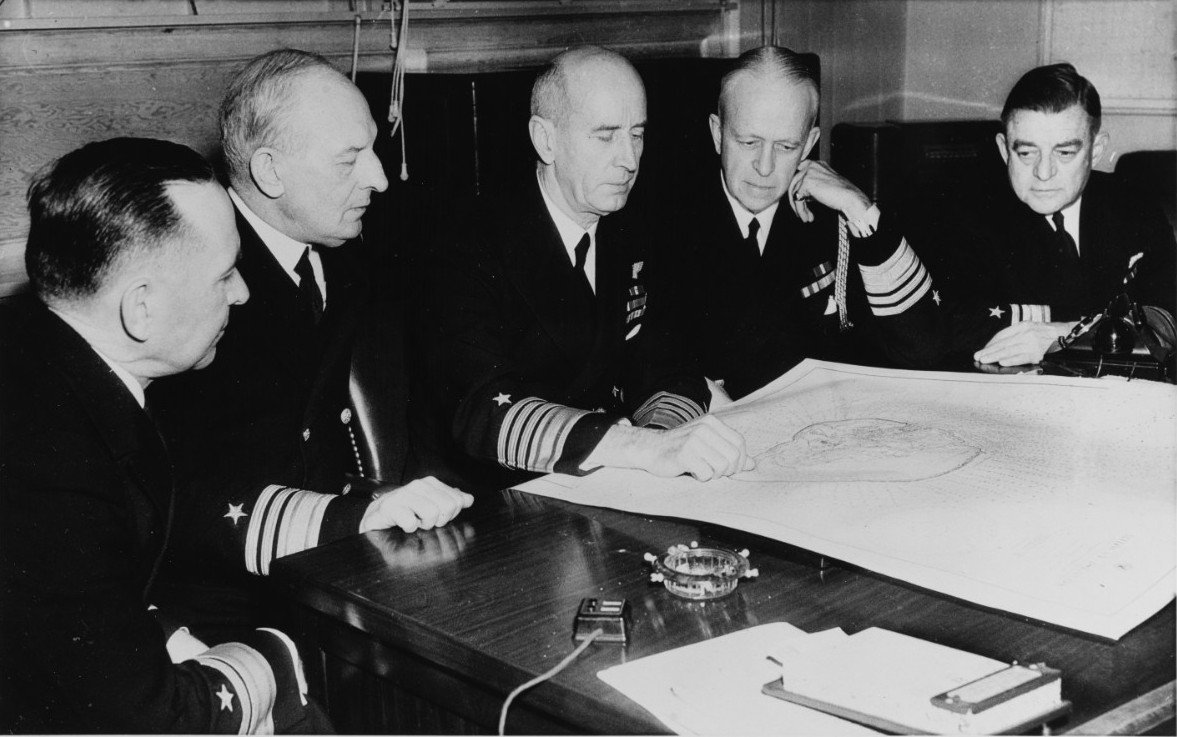
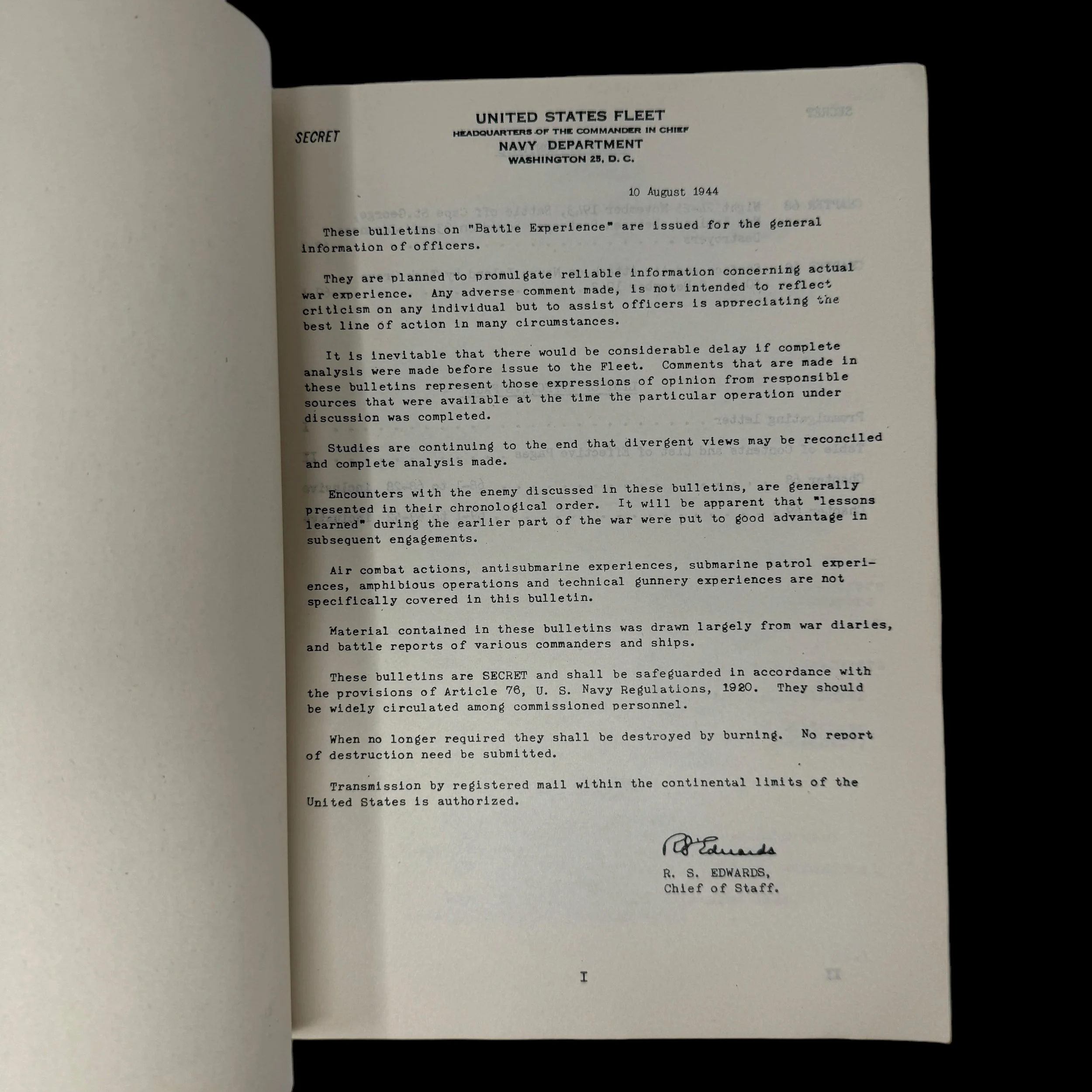
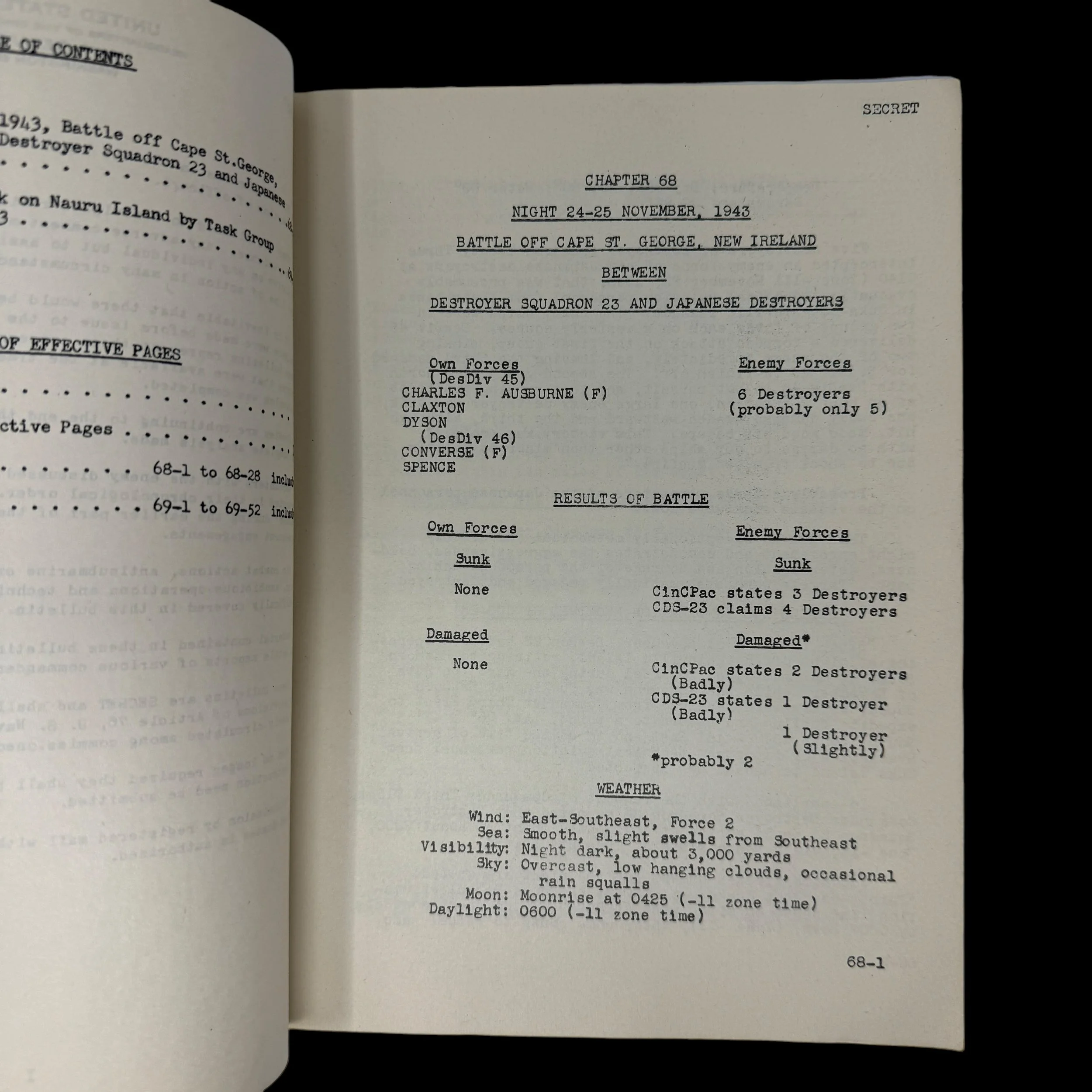
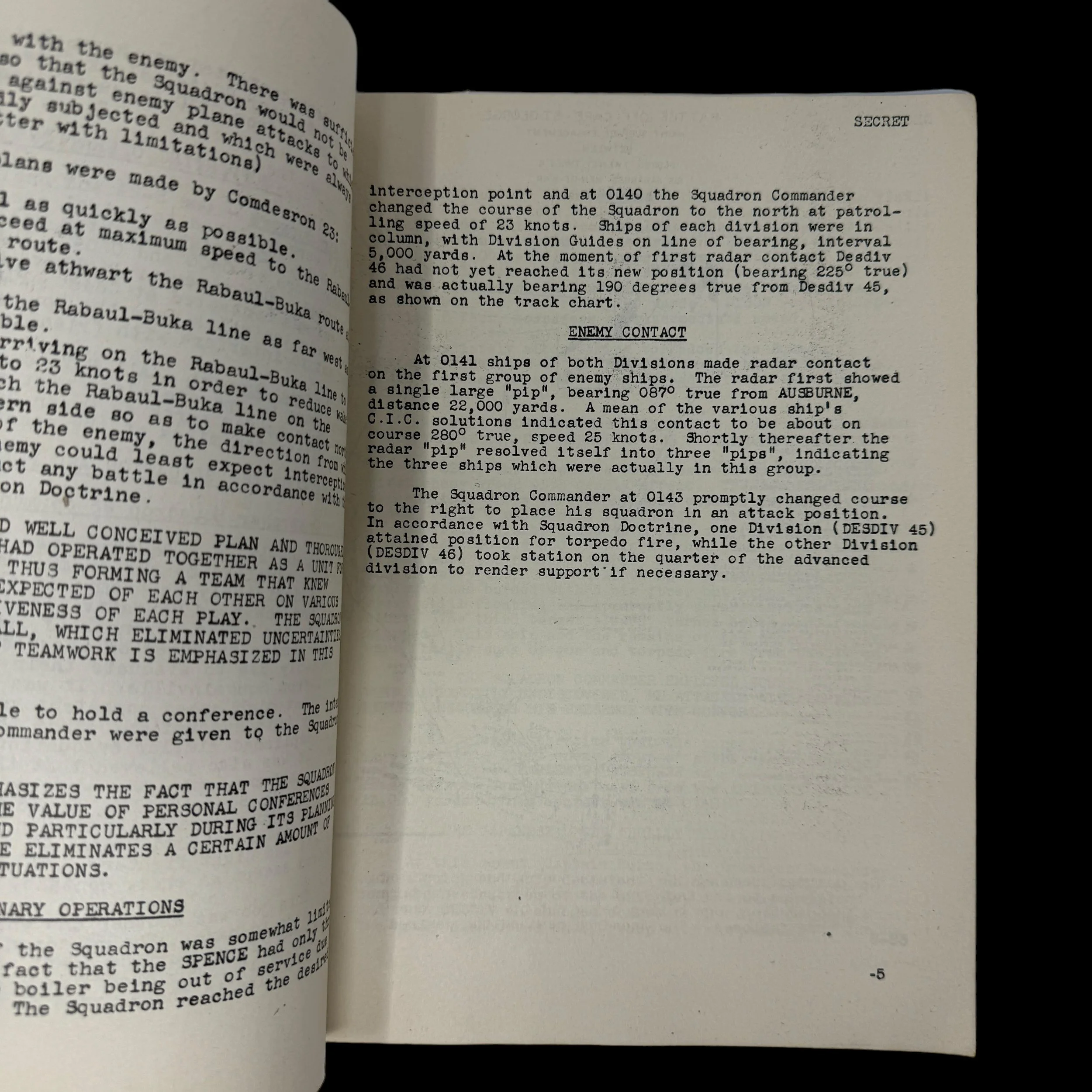
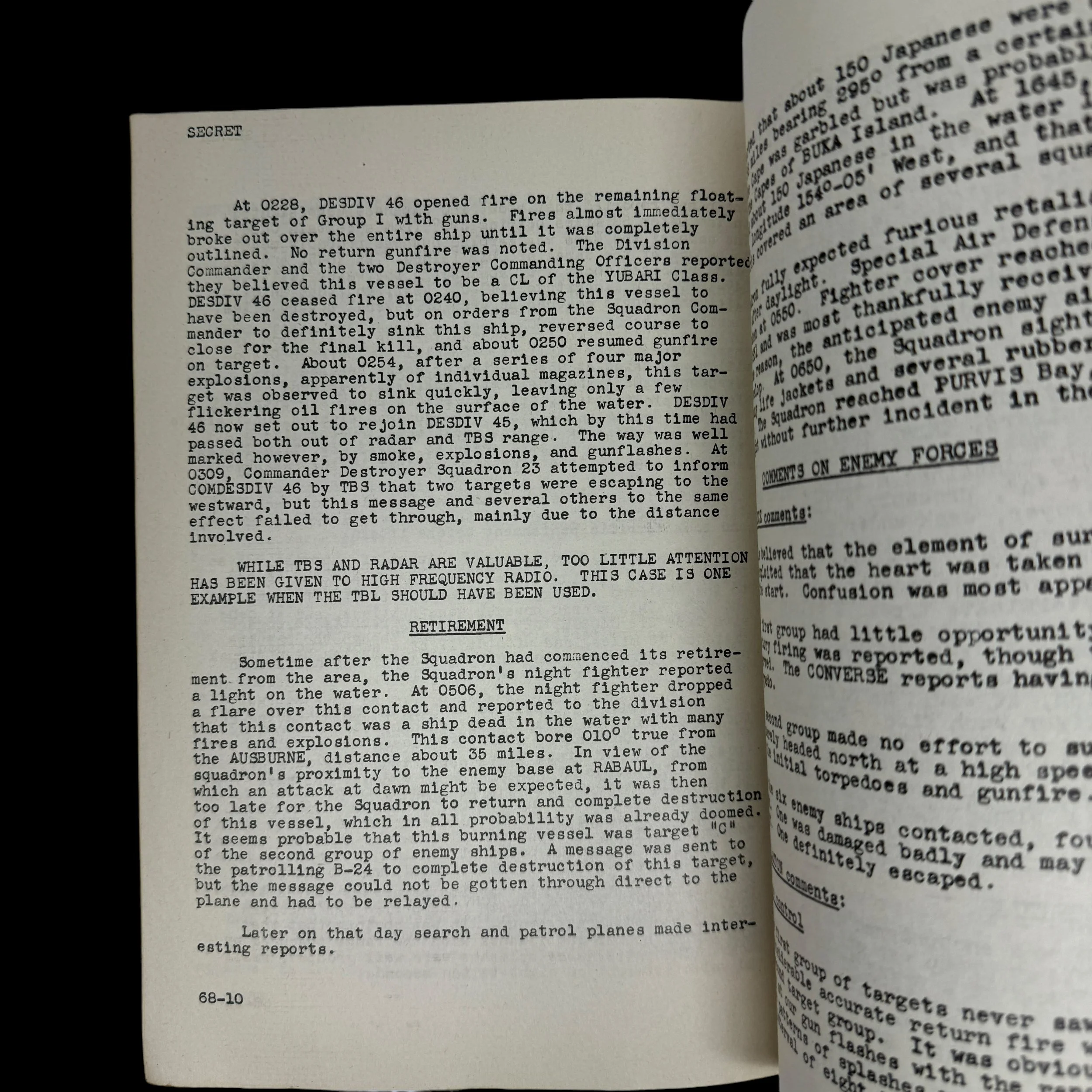
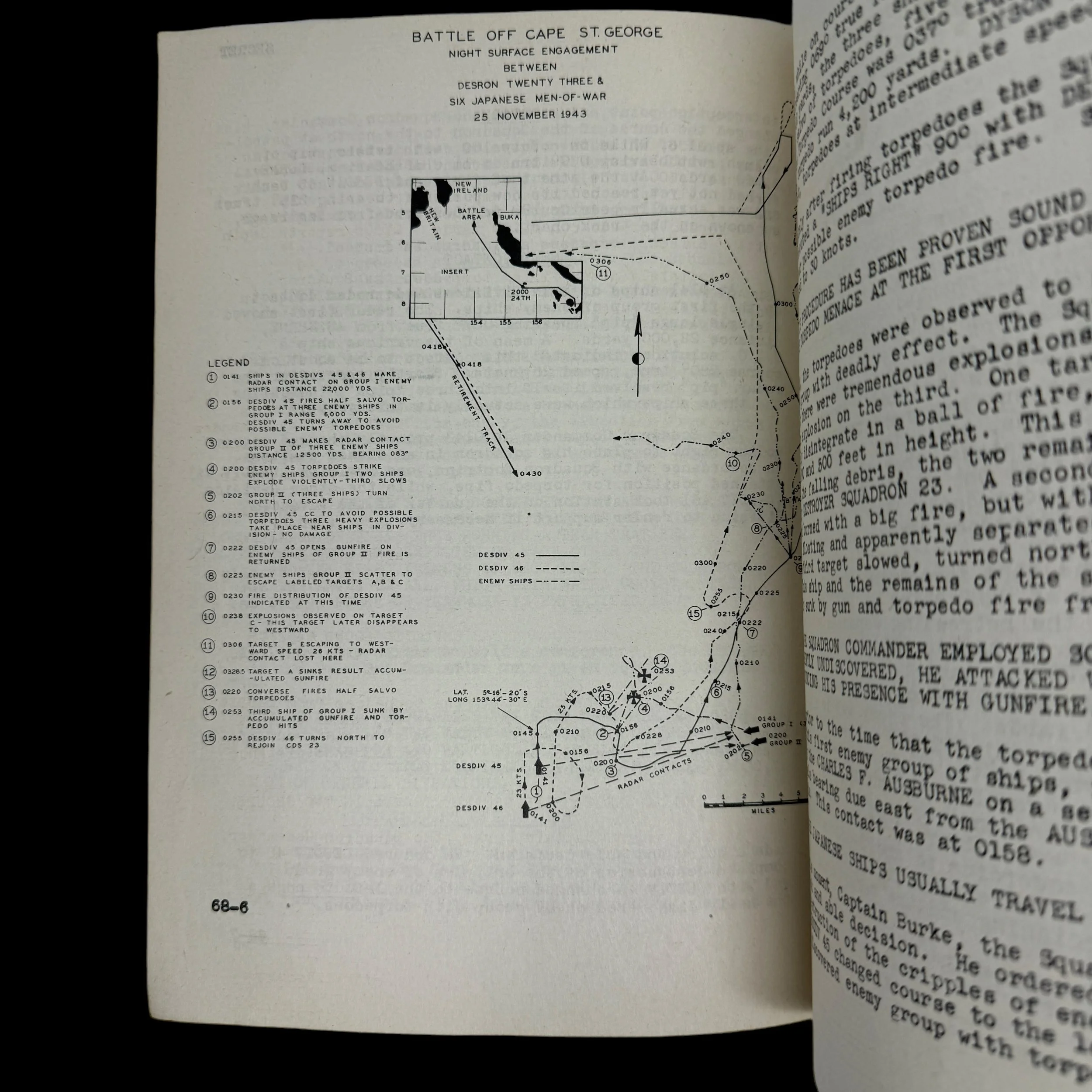
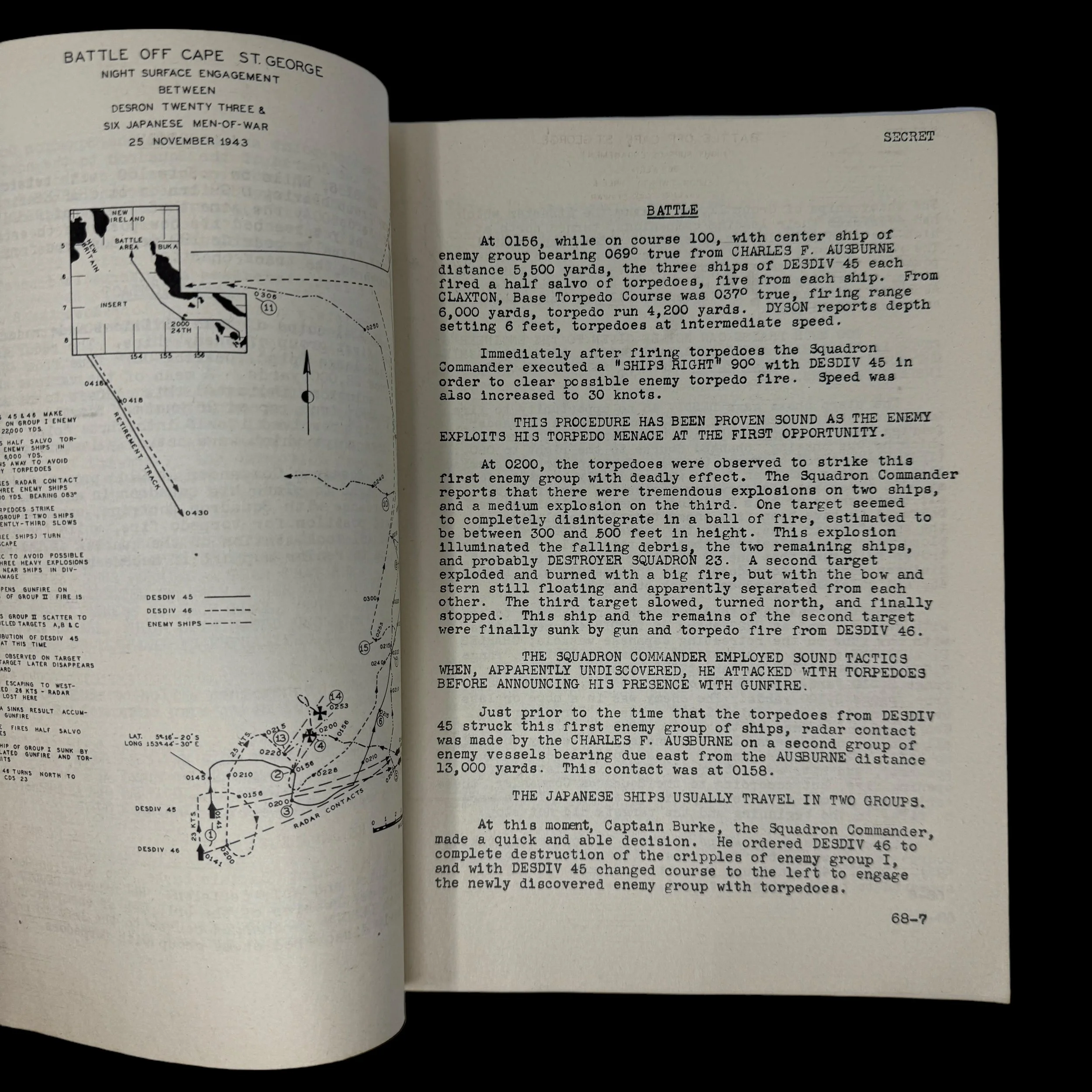


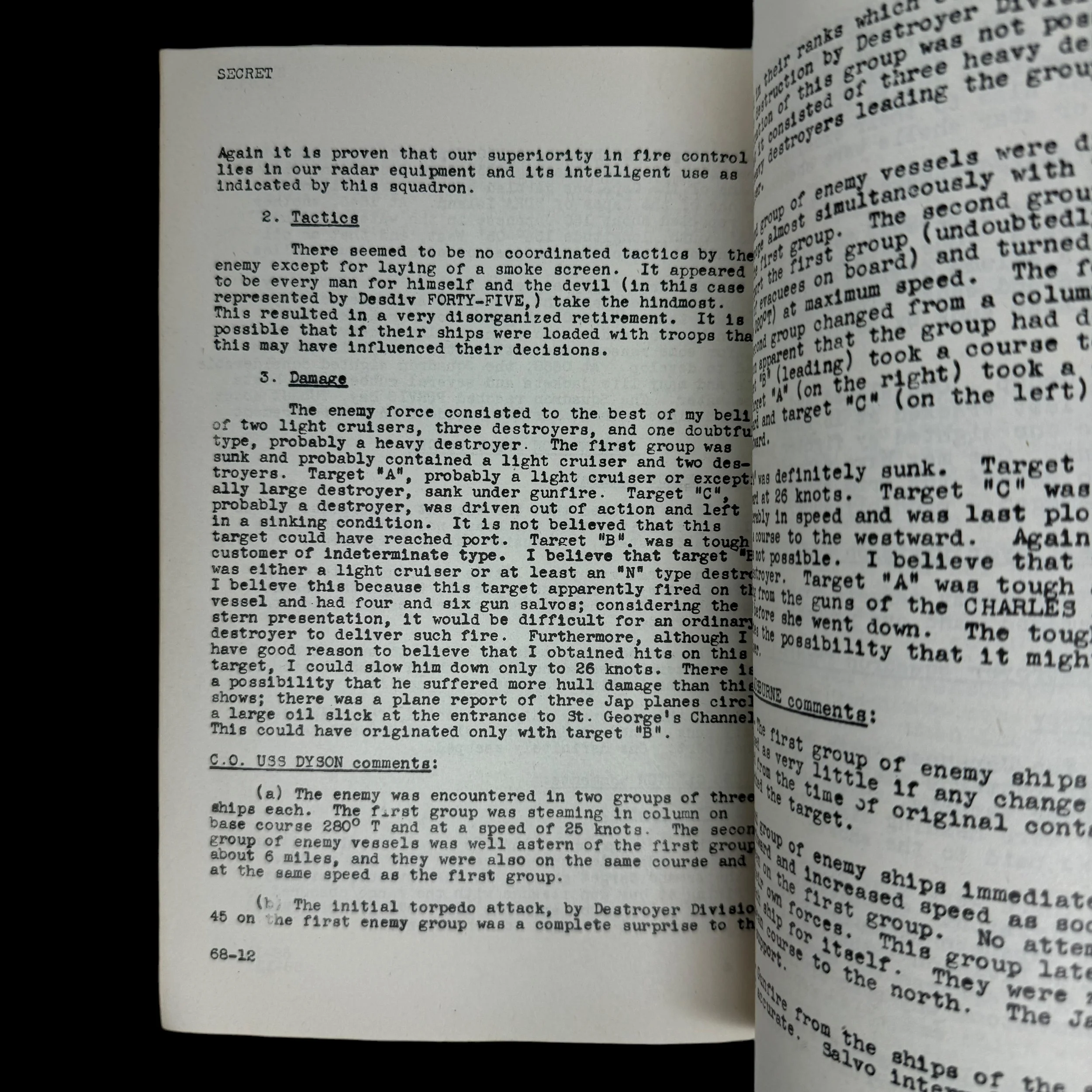
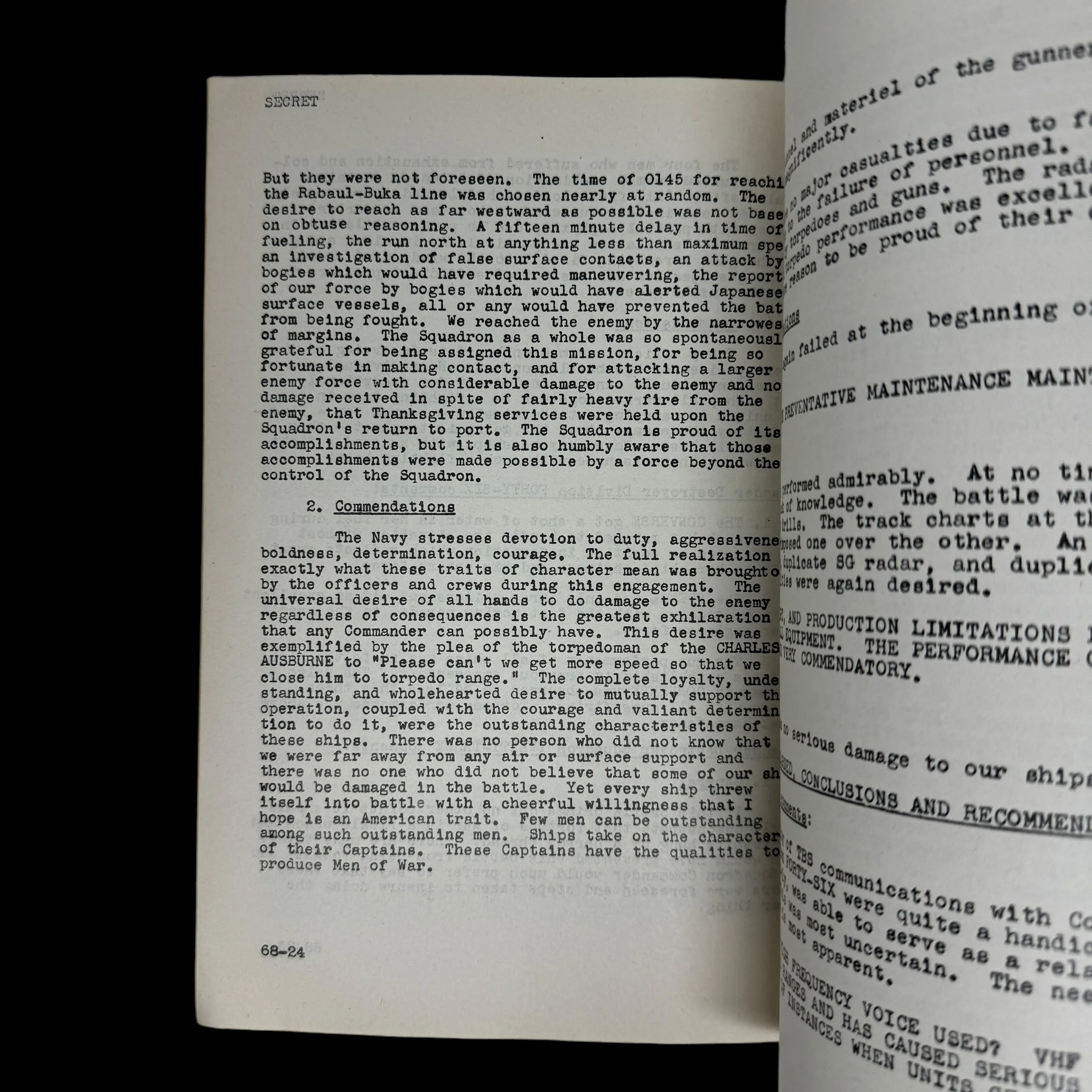
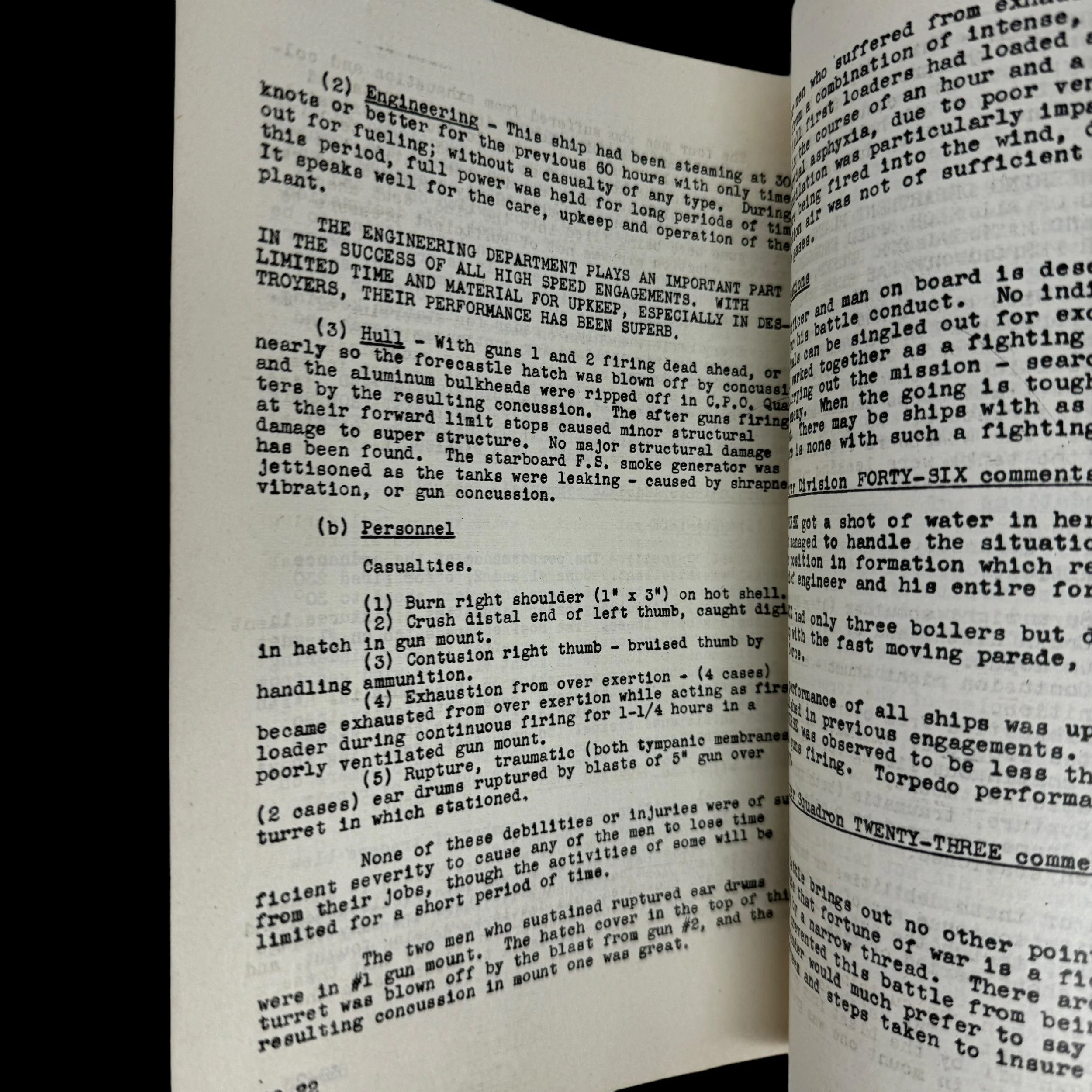
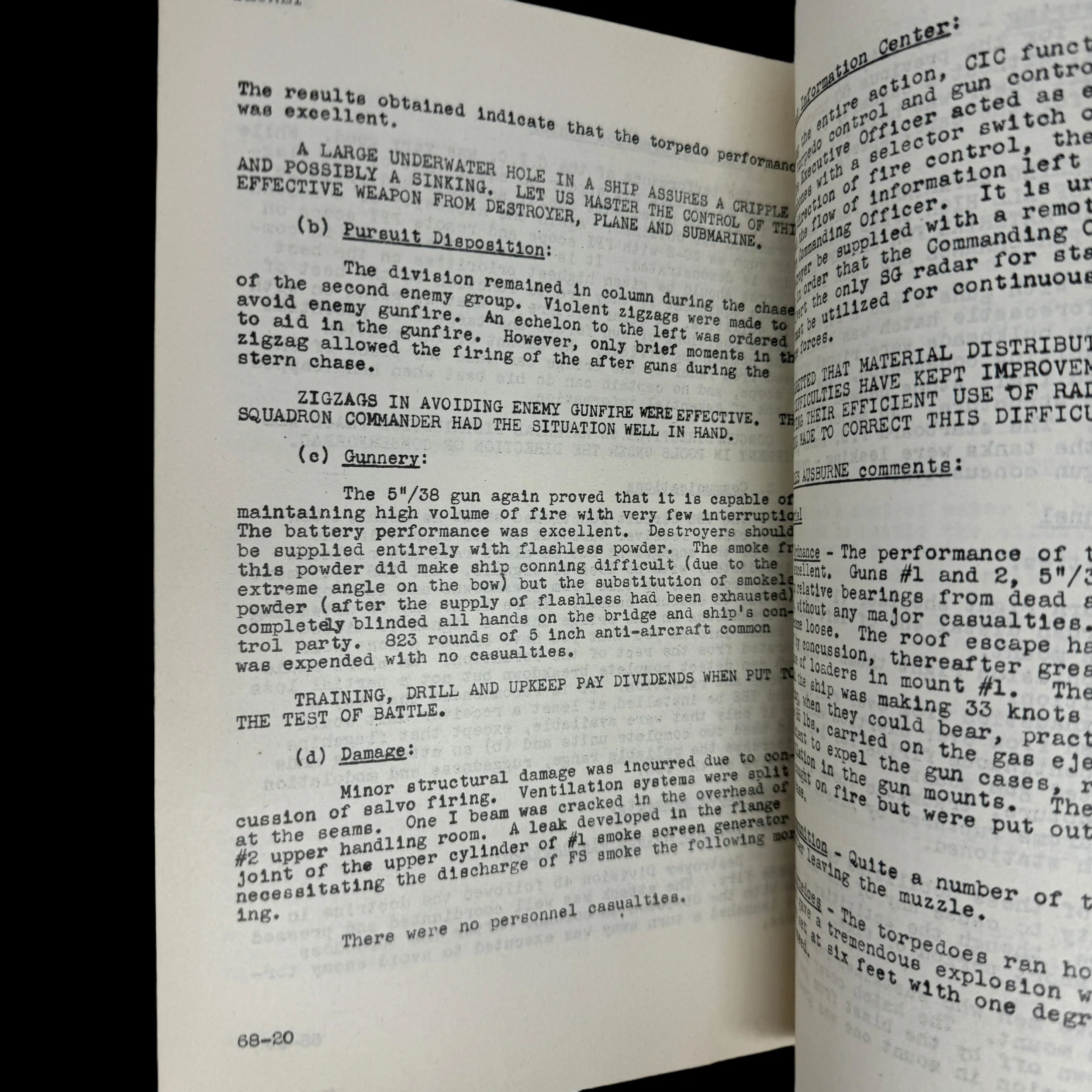
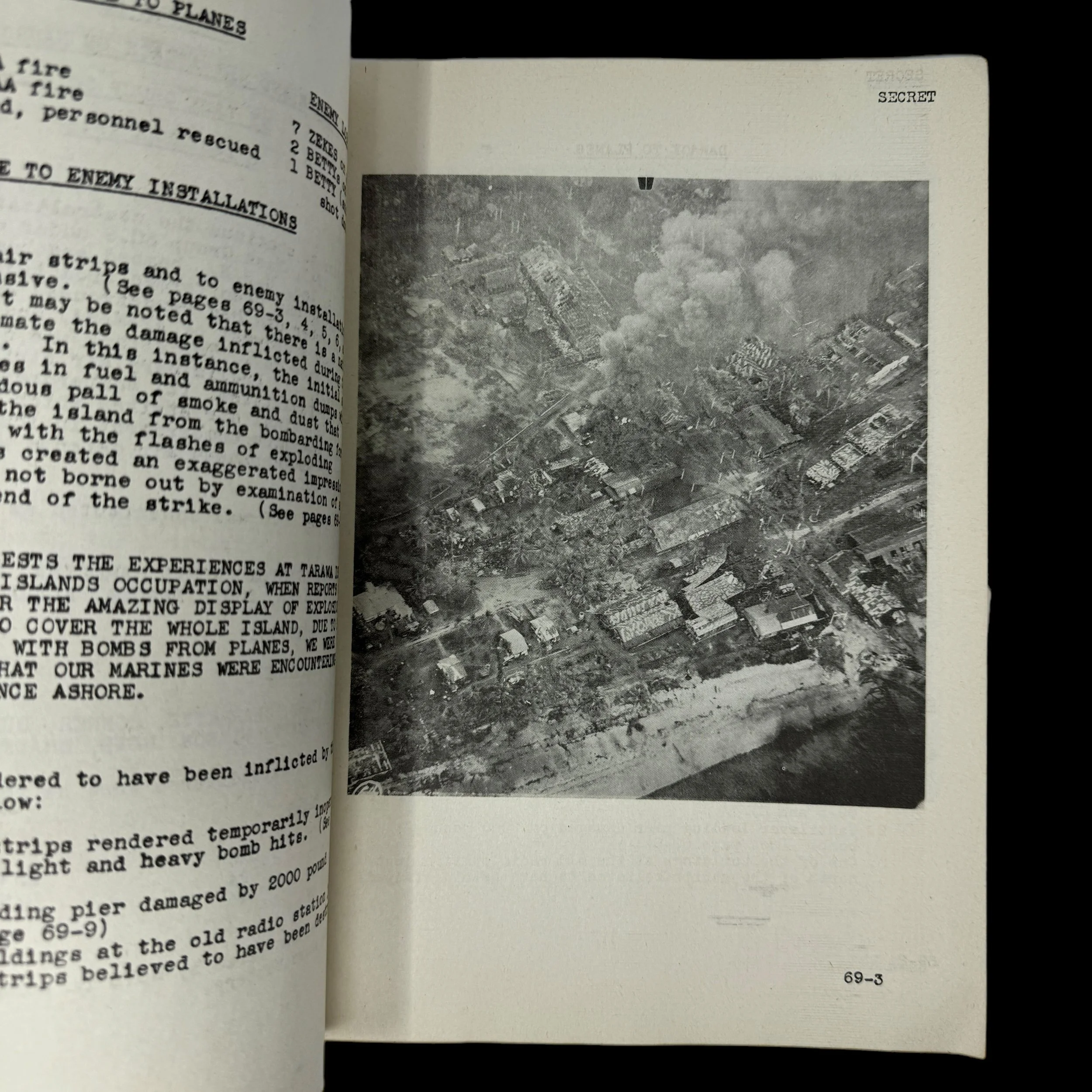
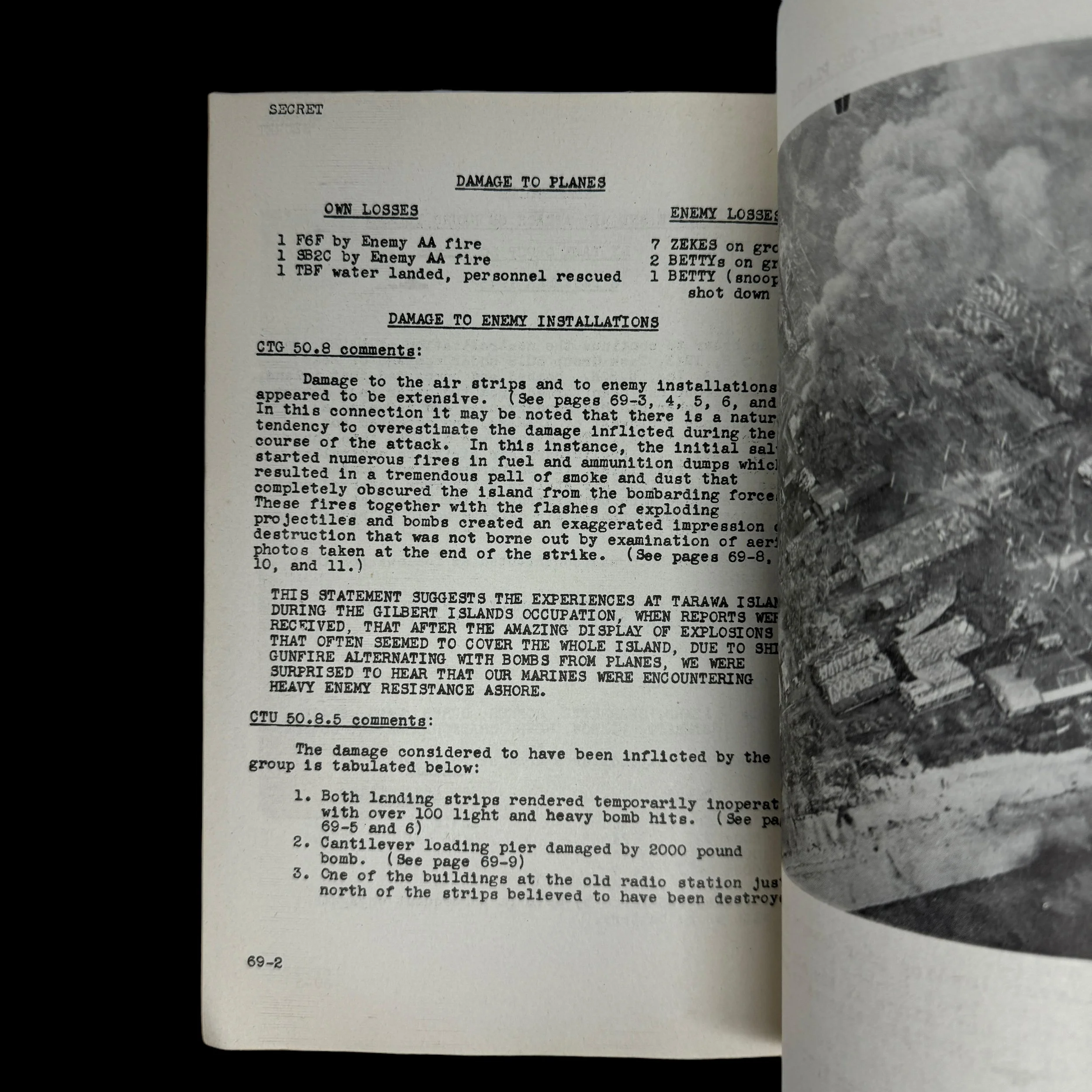

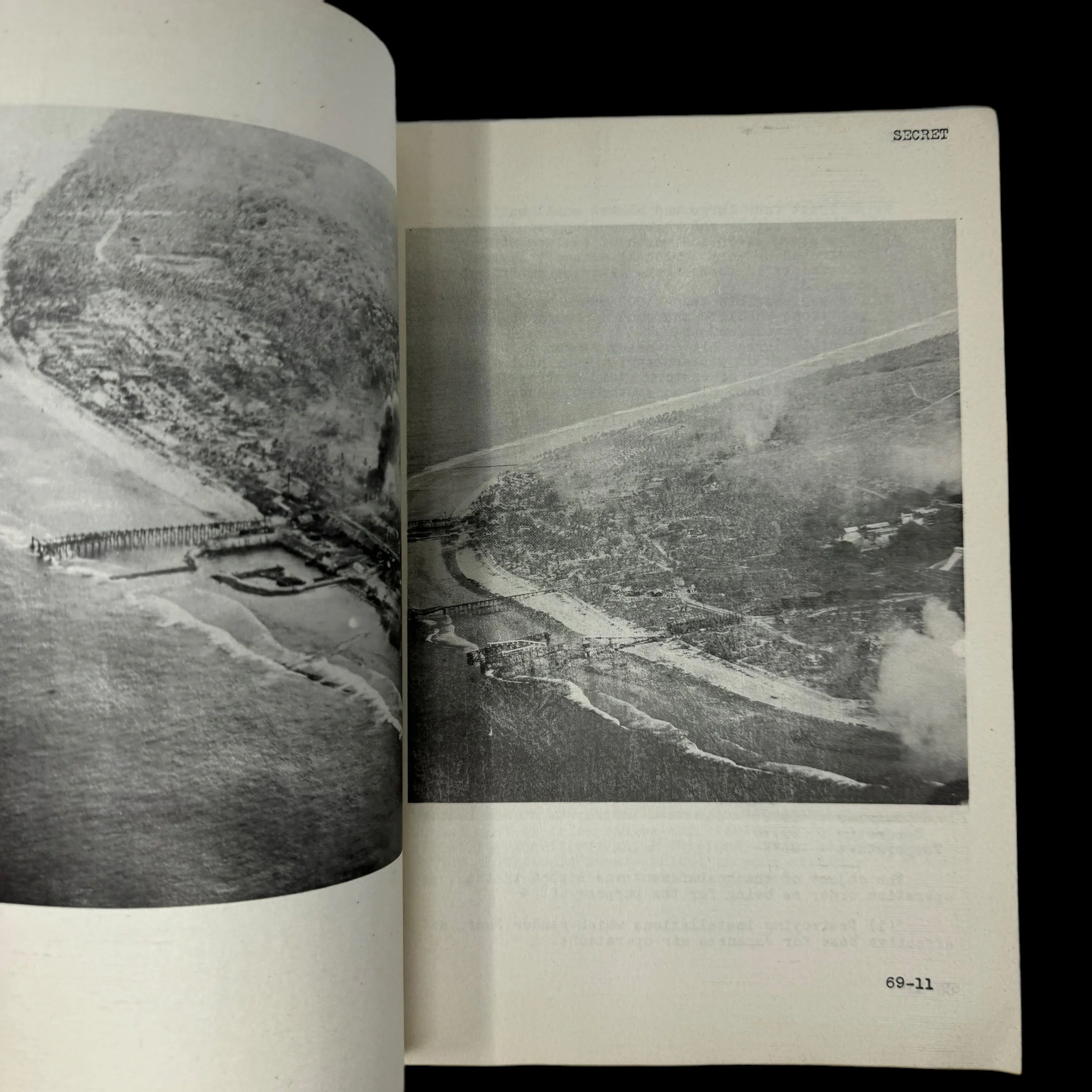
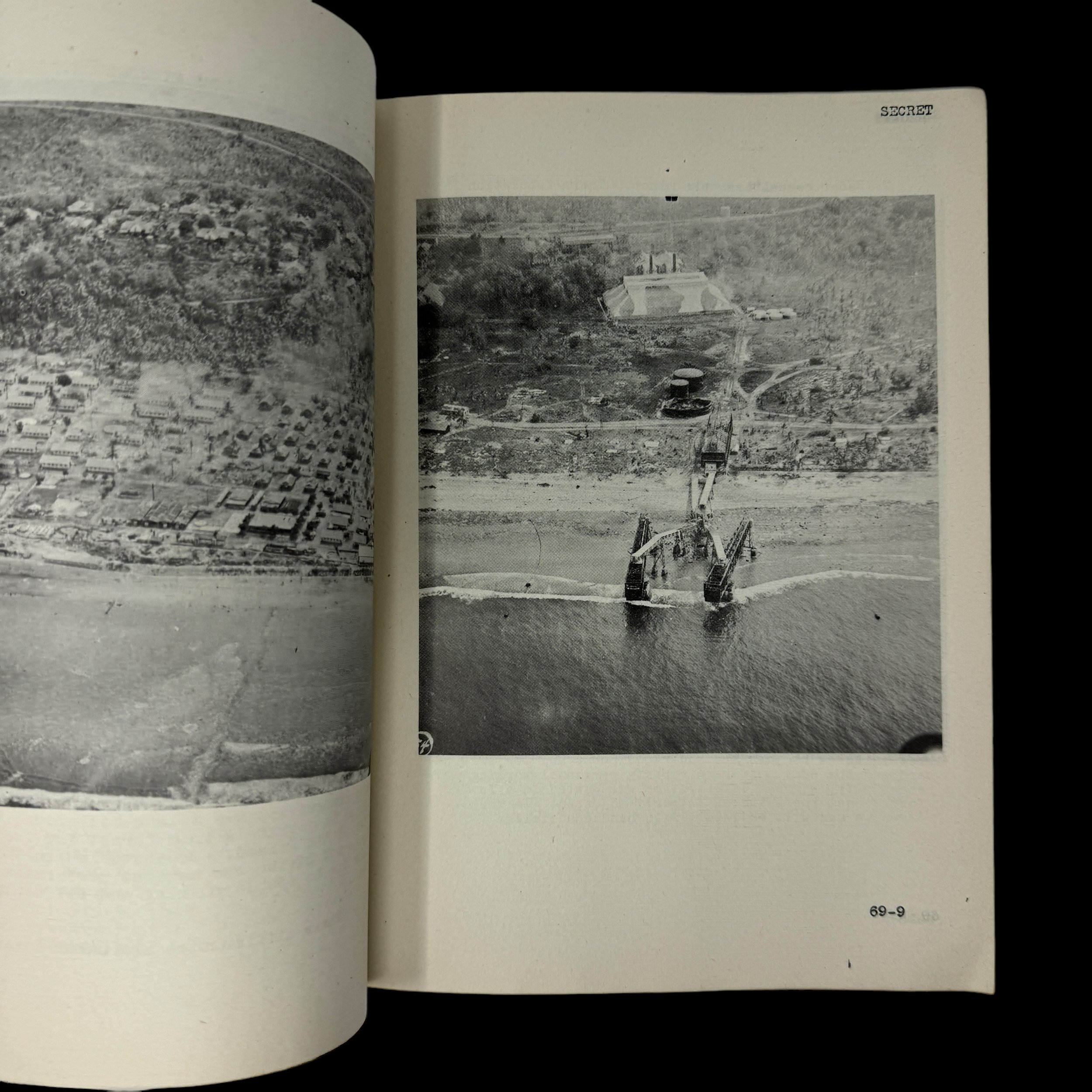
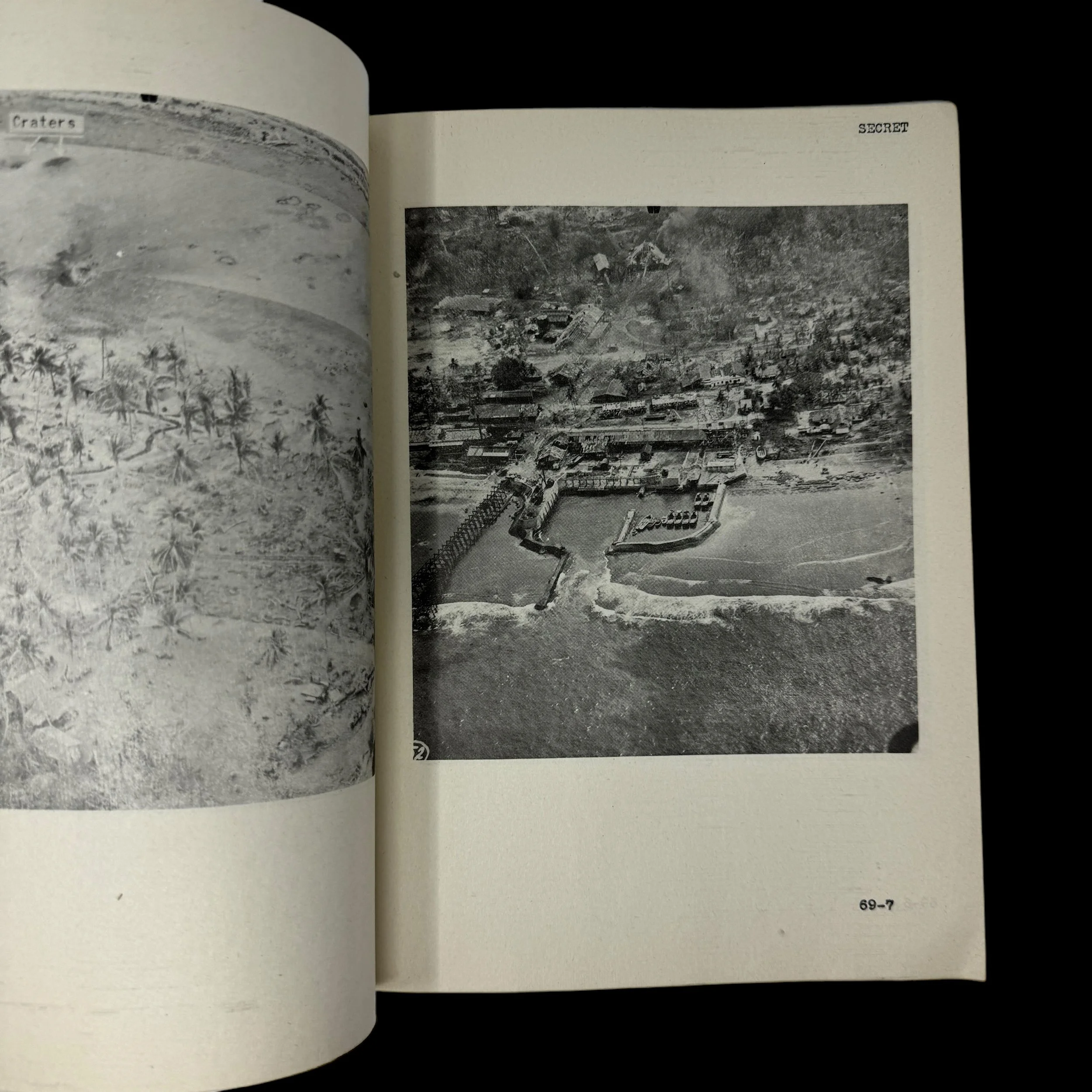
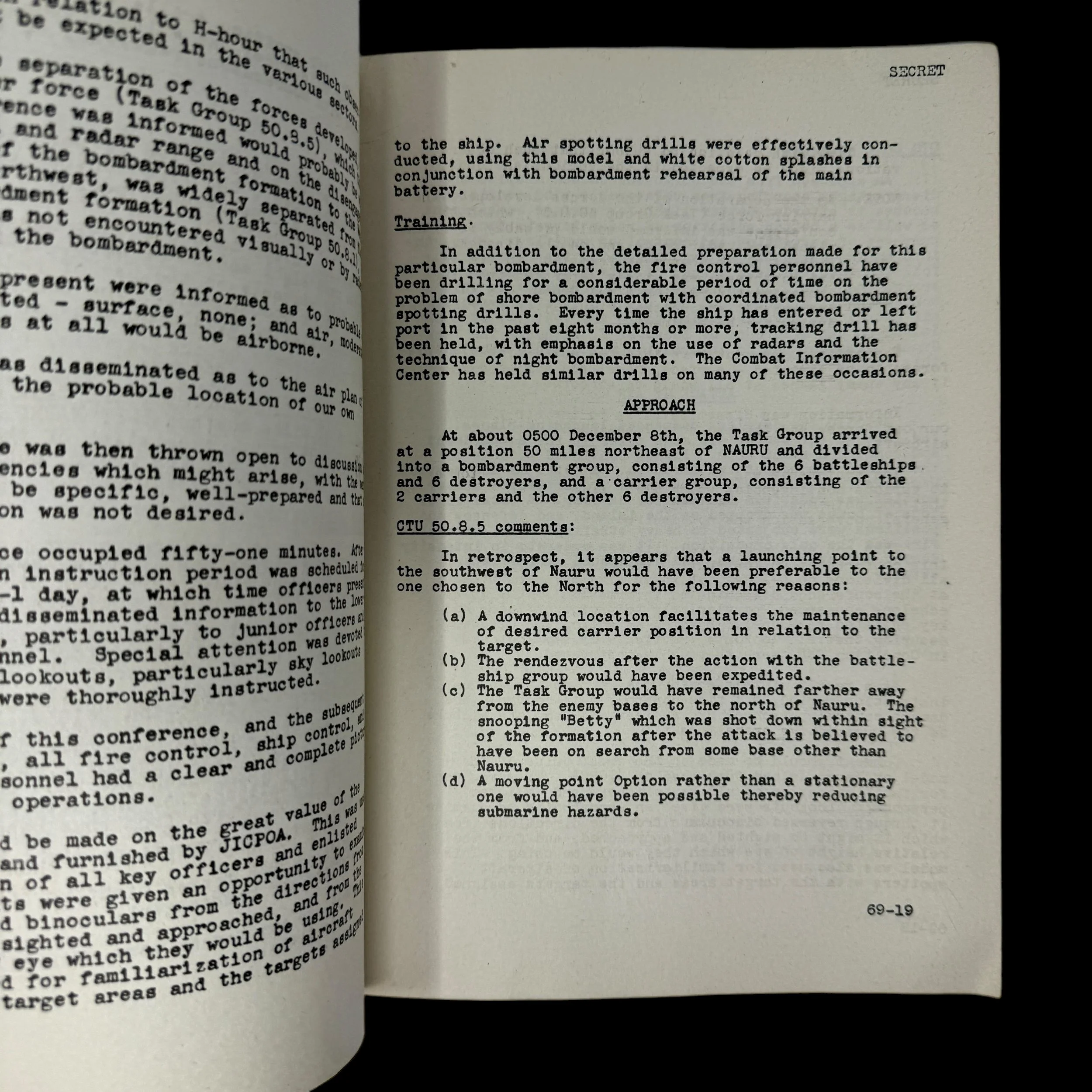
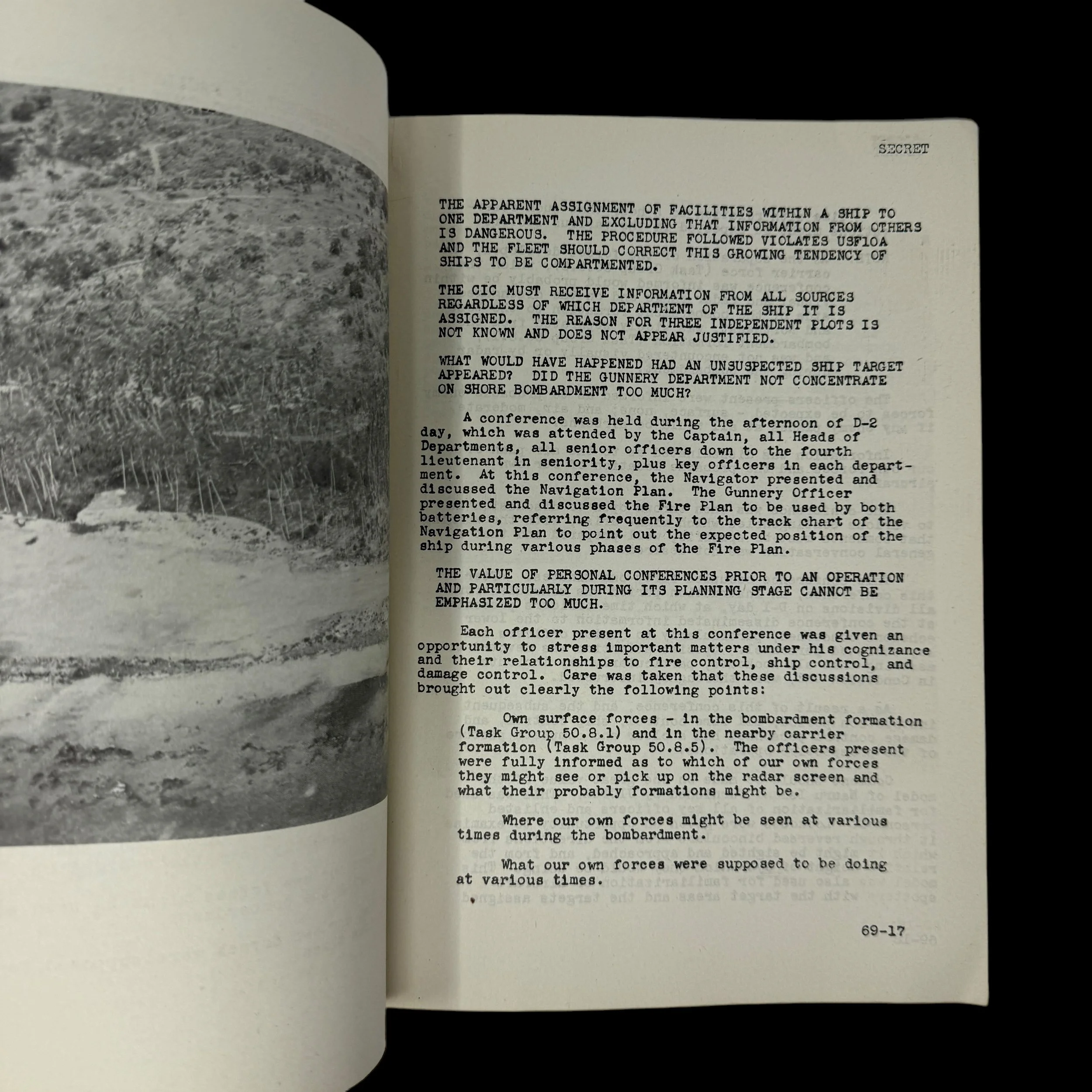
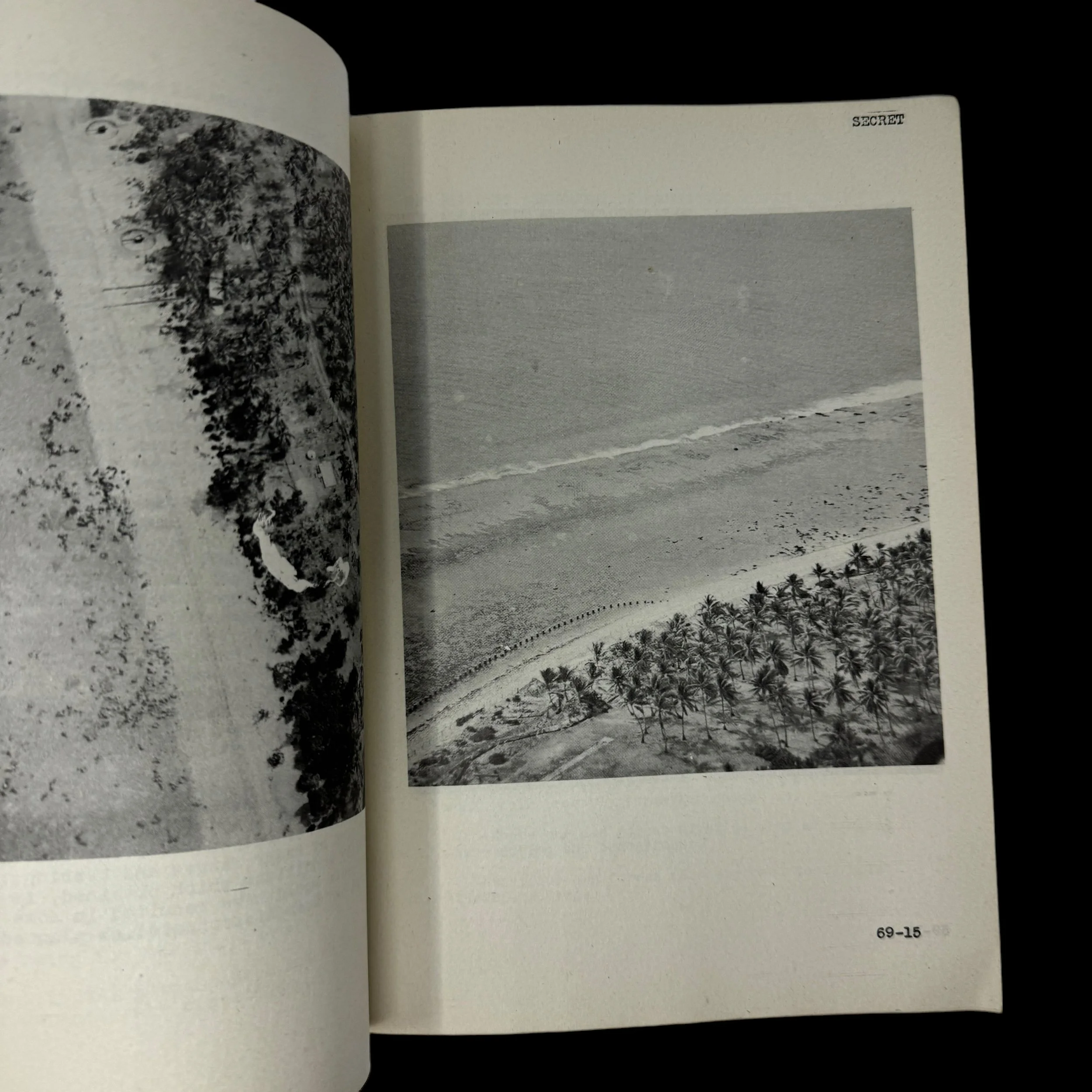
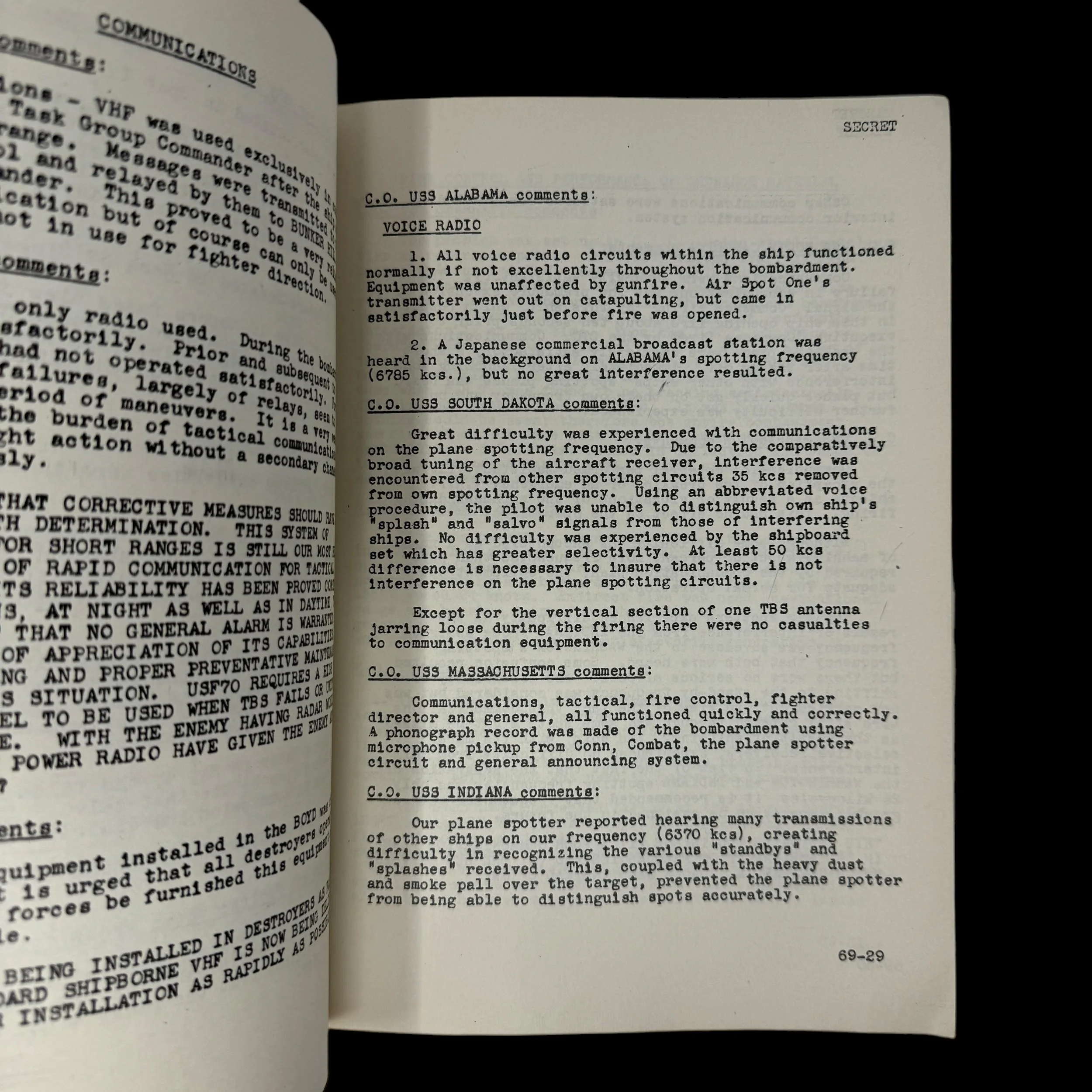

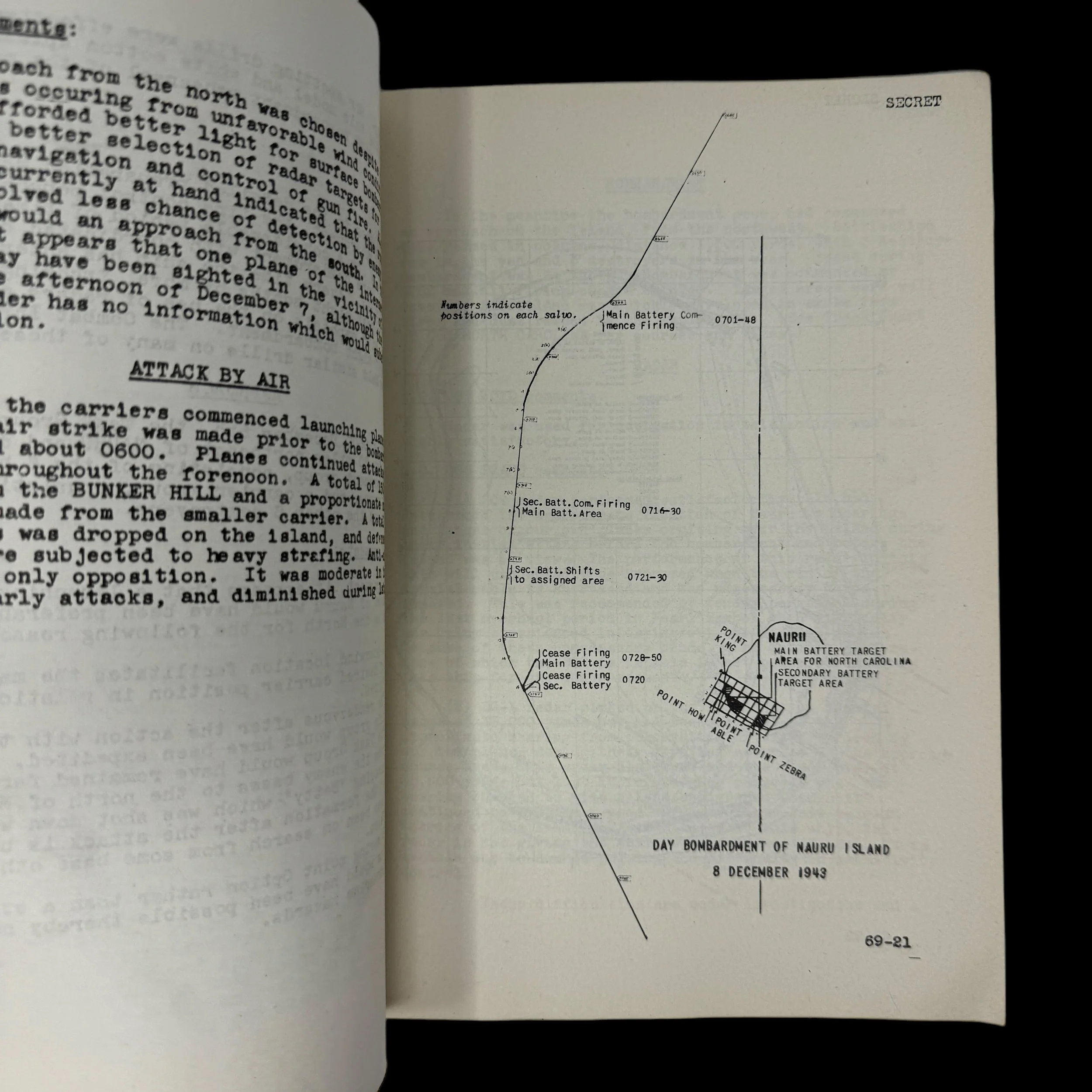
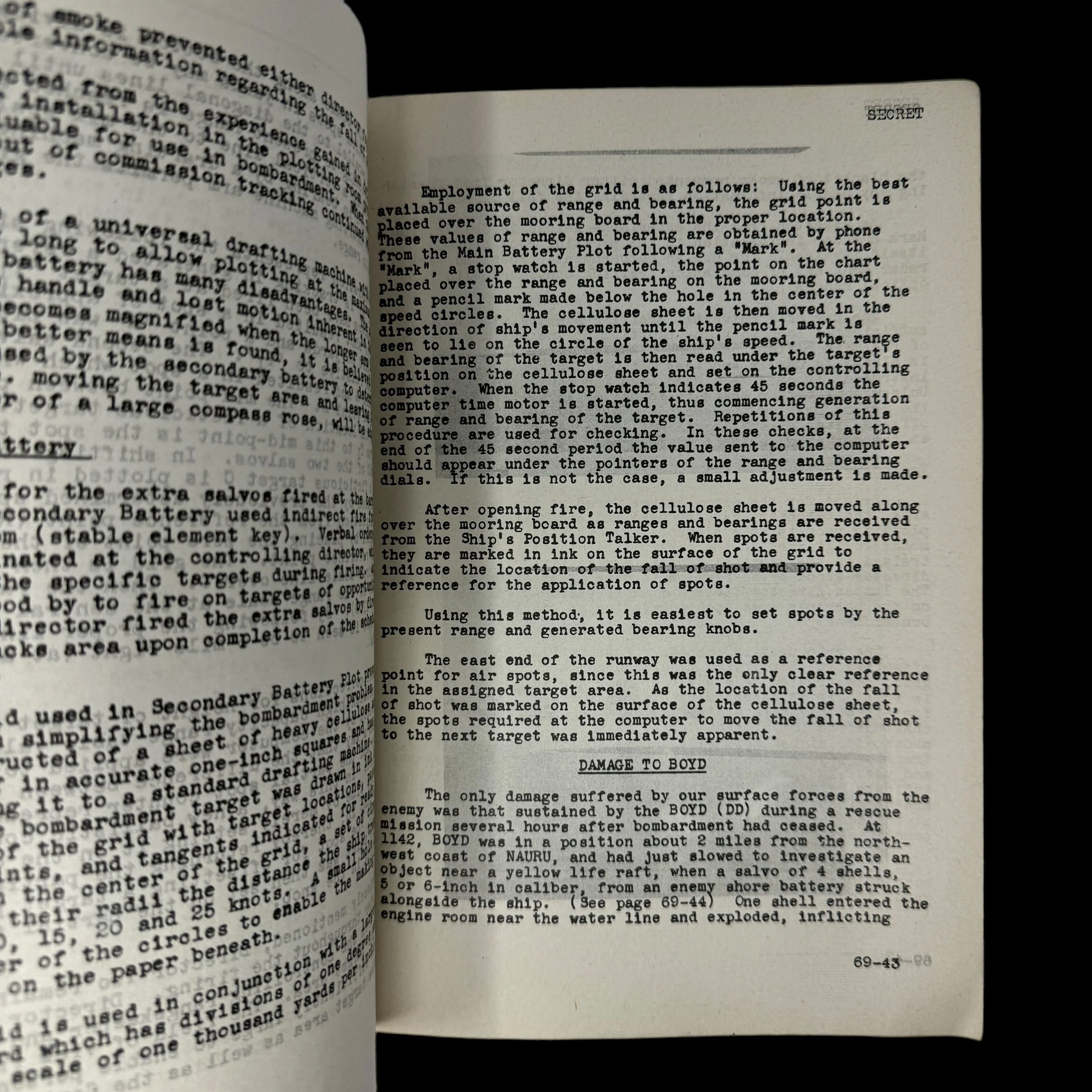
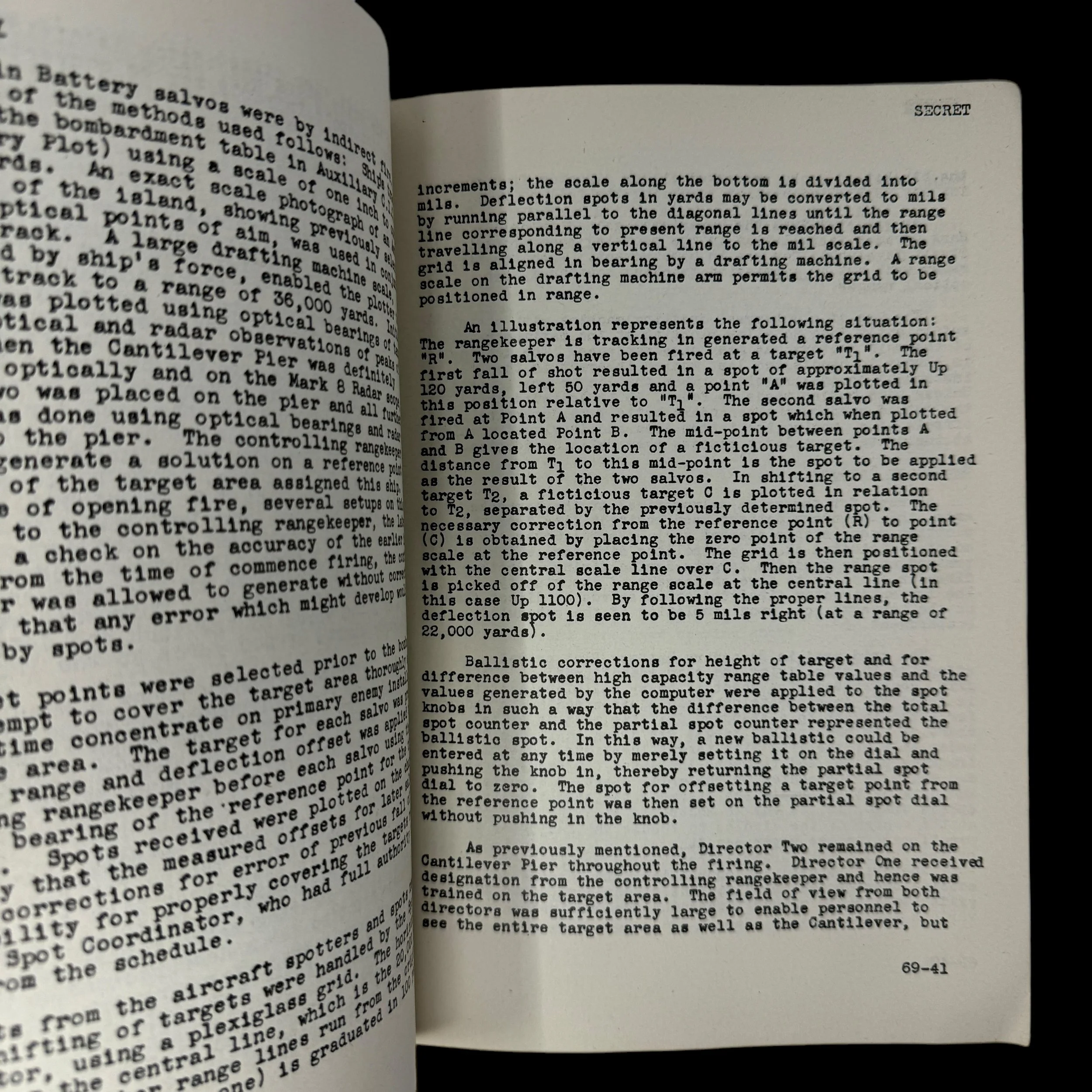
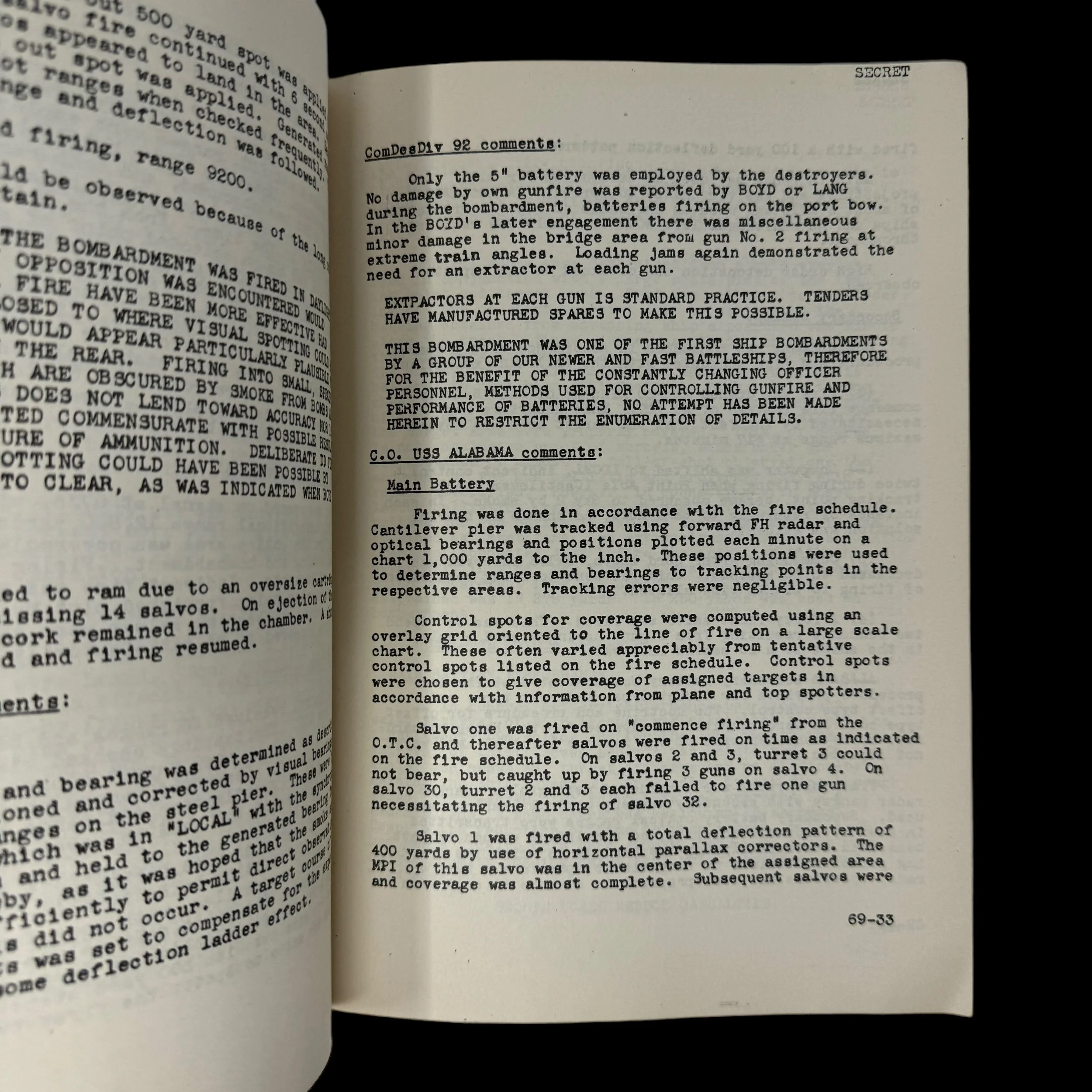
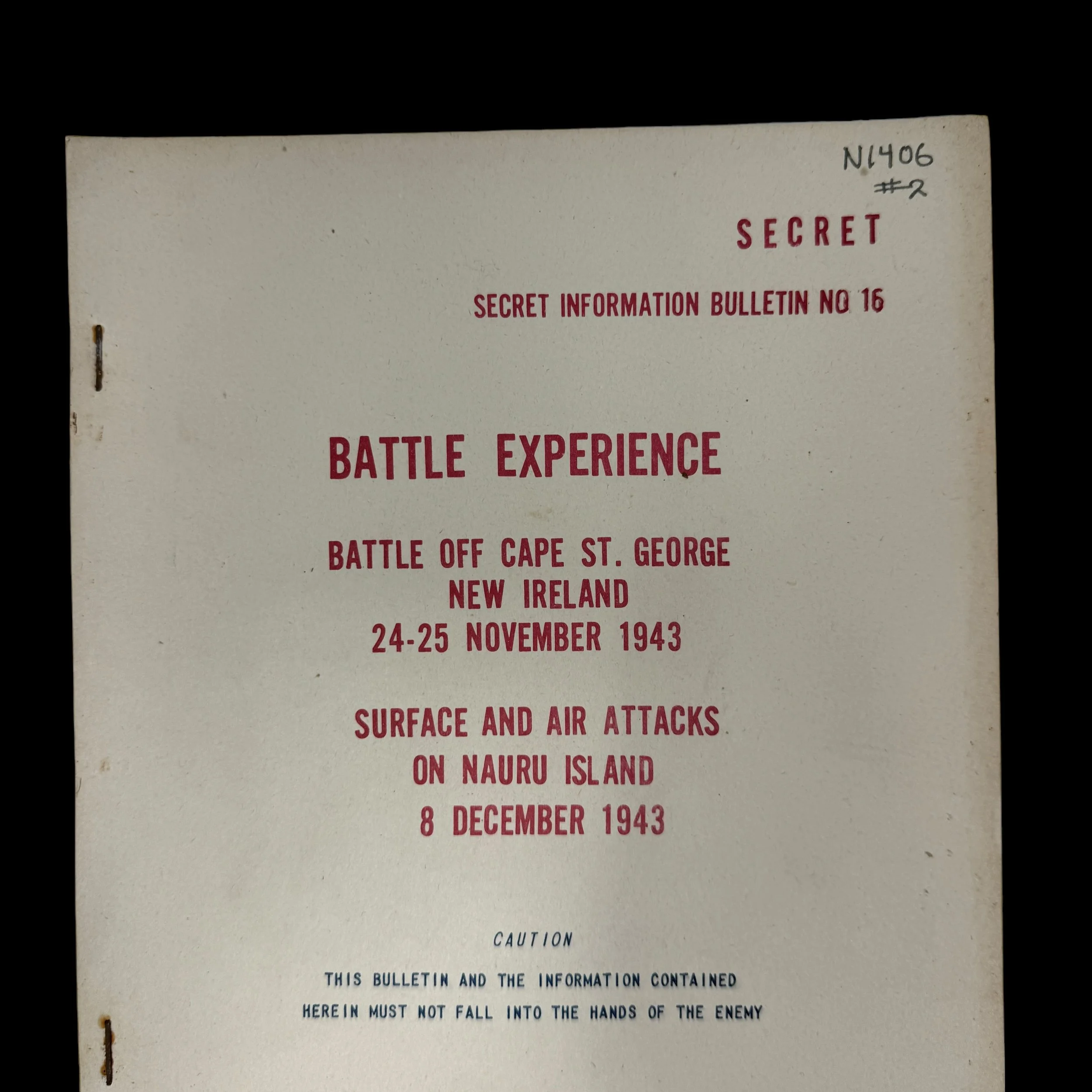
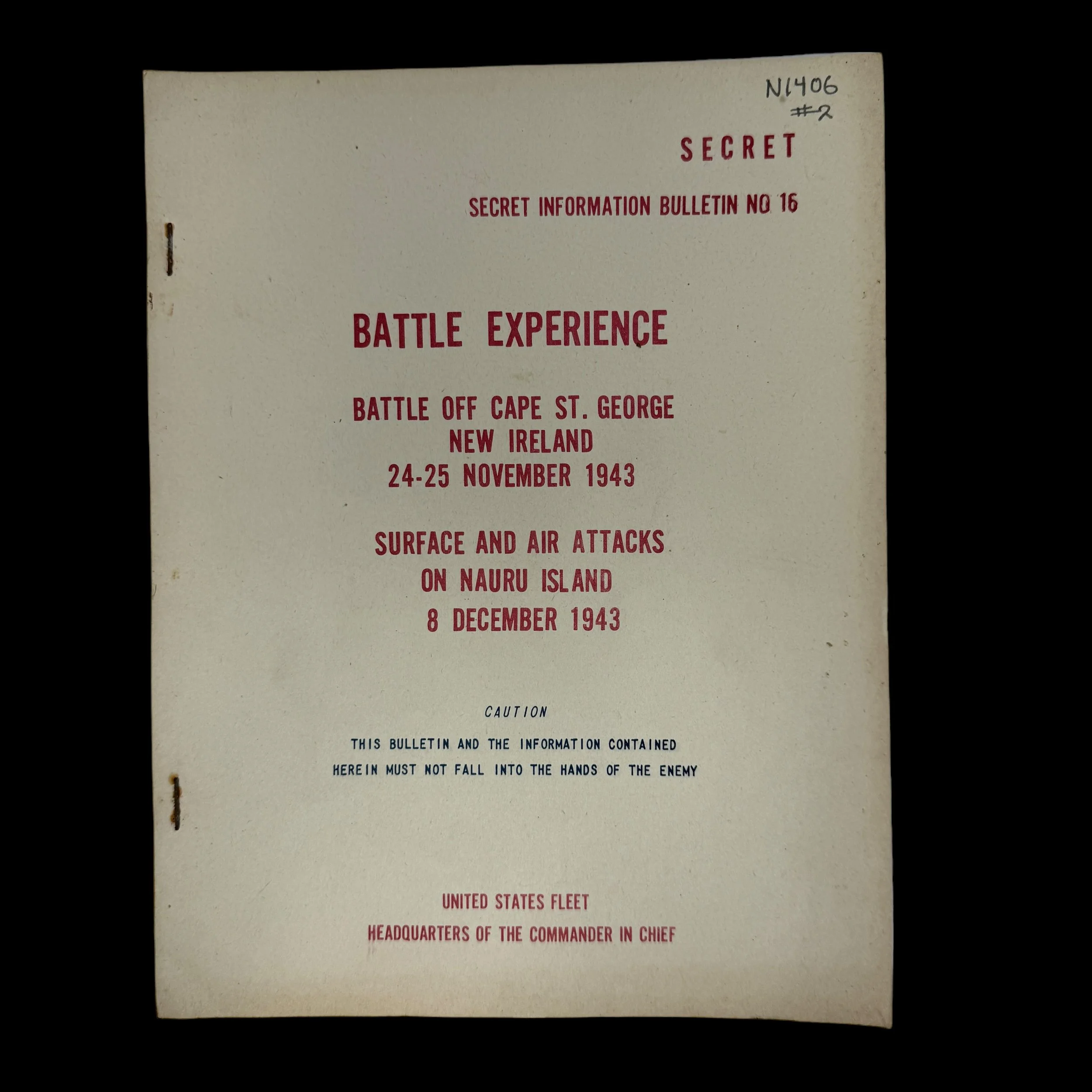
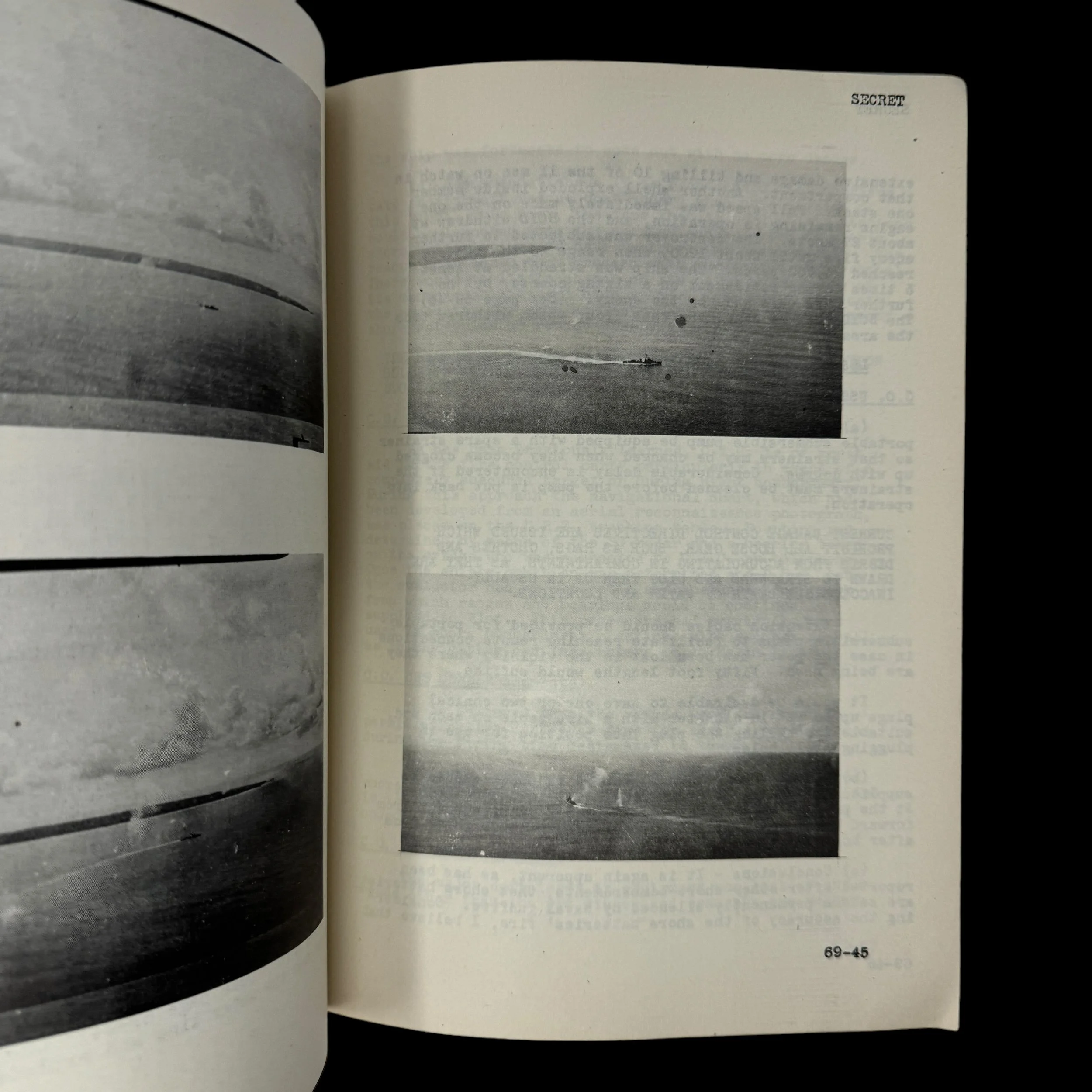
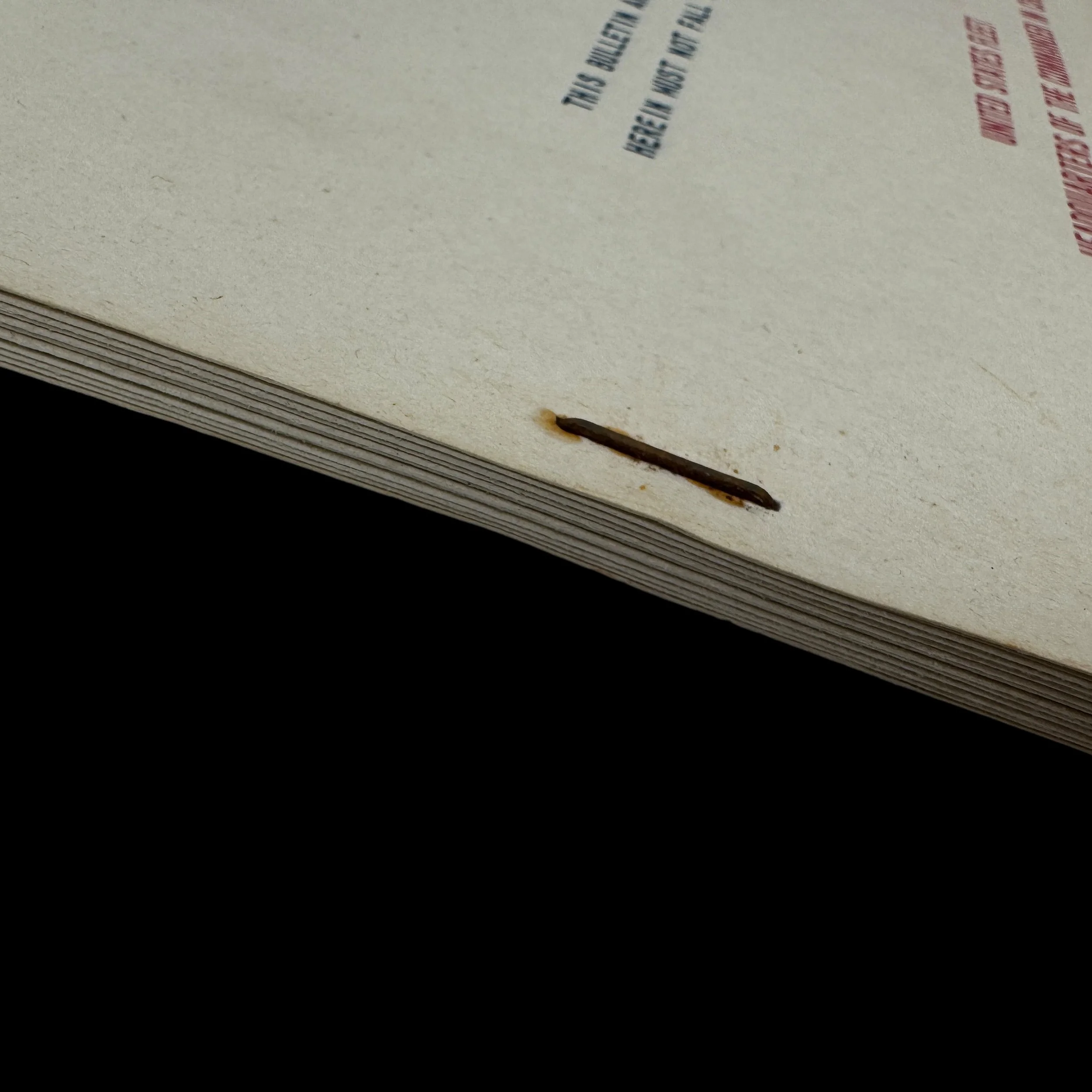
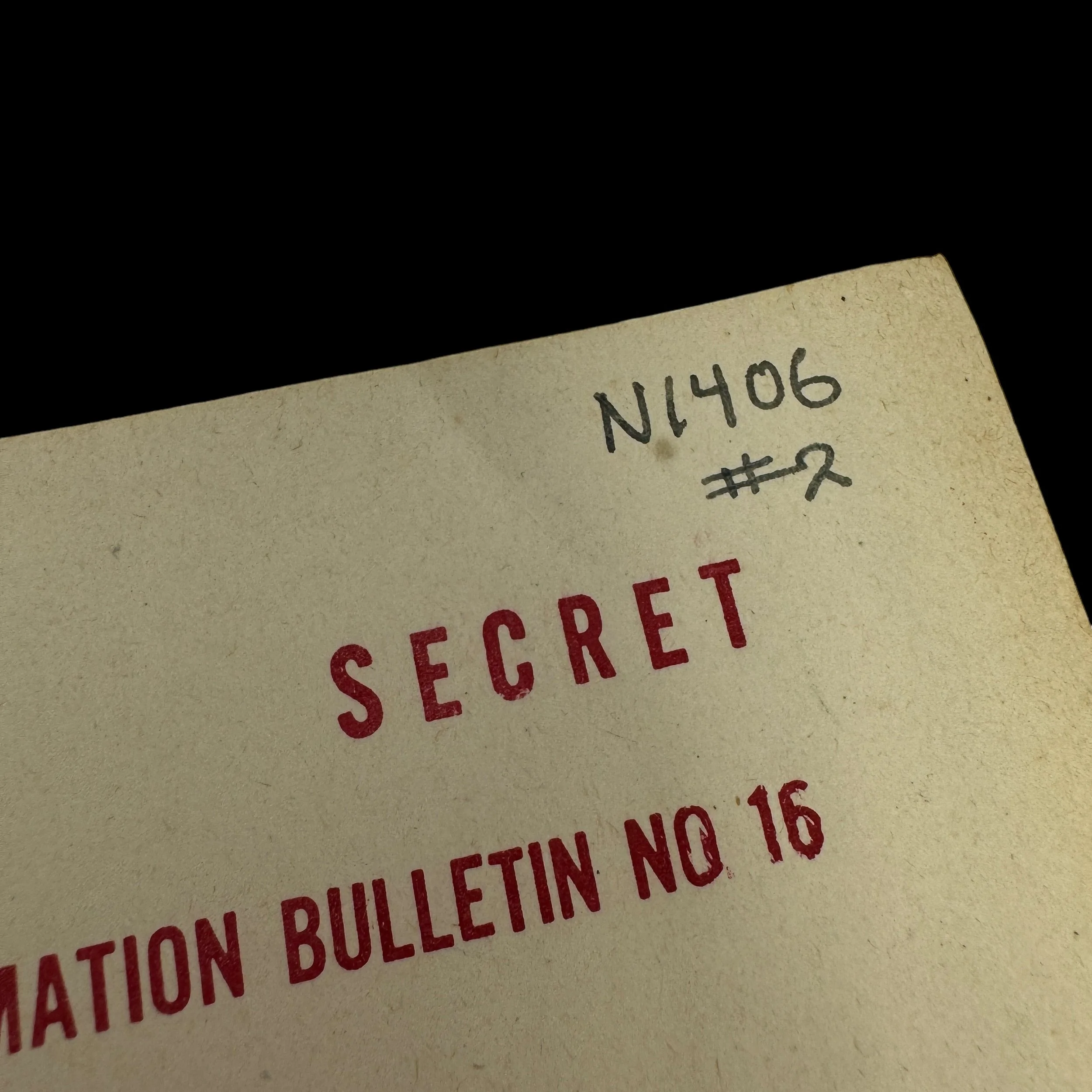
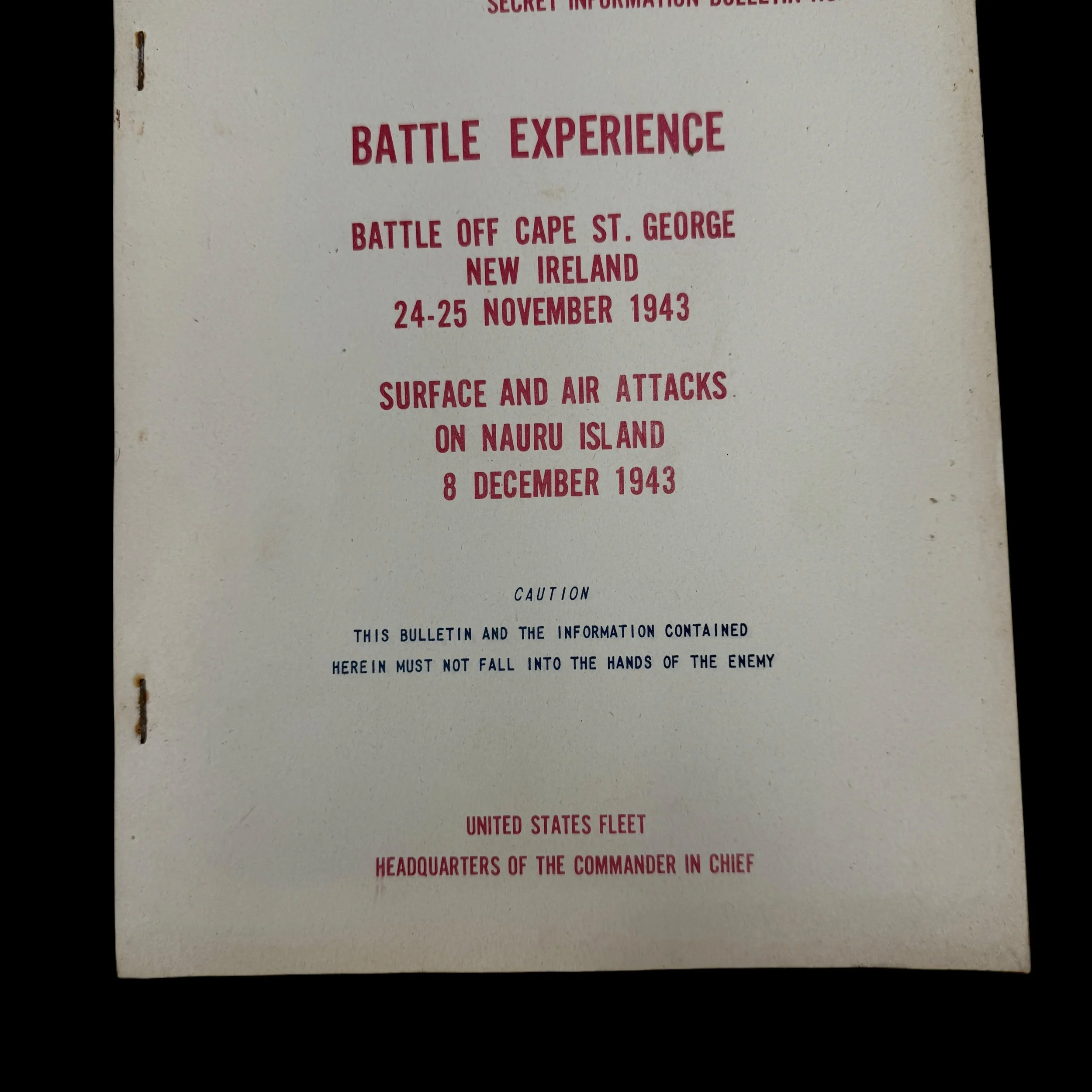
EXTREMELY RARE! WWII SECRET 1943 Battle of Cape St. George New Ireland & Surface and Air Attacks on Nauru Island Headquarters of the Commander in Chief Military Intelligence Report
Comes with a hand-signed C.O.A.
This extraordinarily rare, museum-grade World War II artifact is an original "SECRET" marked "Battle Experience - Informational Bulletin," meticulously produced by the United States Fleet under the Headquarters of the Commander in Chief. During WWII, the operations and strategic planning of the U.S. Navy were directed by two prominent commanders: Admiral Chester W. Nimitz, Commander in Chief of the United States Pacific Fleet (CINCPAC), and Admiral Ernest J. King, Commander in Chief of the United States Fleet (CINCUS). Their combined leadership played a pivotal role in the Allied victory.
This highly classified and intricately detailed bulletin, issued by the Headquarters of the Commander in Chief, contains secret military maps, intelligence reports, tactical movements, and a unique compilation of "battle experiences." These experiences were drawn from war diaries and battle reports submitted by various commanders and ships engaged in key operations. The bulletin was printed in extremely limited quantities, strictly for the eyes of high-ranking military officials, including Officers and Generals.
The rarity of this document is underscored by the directive on its first page, which states: "Information must not fall into enemy hands - when no longer required they shall be destroyed by burning. No report of destruction need be submitted." As a result, only a handful of these original "SECRET" "Battle Experience - Informational Bulletins" are believed to still exist.
This particular "SECRET INFORMATION BULLETIN NO. 16" is a remarkable example, titled "Battle Experience - Battle of Cape St. George New Ireland 24-25 November 1943 & Surface and Air Attacks on Nauru Island 8 December 1943" It offers an unparalleled glimpse into the strategic operations and experiences of the United States Navy during some of the most crucial campaigns of the Pacific Theater.
Battle of Cape St. George New Ireland 24-25 November 1943:
The Battle of Cape St. George took place on November 24-25, 1943, off the coast of New Ireland in the Pacific Theater of World War II. It was a naval engagement between the United States Navy and the Imperial Japanese Navy, marking the last of the surface battles during the Solomon Islands campaign.
The battle occurred as a result of the Japanese attempting to evacuate troops from Buka Island. U.S. Navy destroyers, led by Captain Arleigh Burke, intercepted the Japanese convoy. The American forces, using superior radar technology and effective tactics, launched a surprise attack on the Japanese ships. The U.S. destroyers successfully sank three Japanese destroyers—Onami, Makinami, and Yugiri—with minimal damage to themselves.
The battle was a decisive victory for the United States, effectively crippling the Japanese destroyer force in the region and securing Allied control over the Solomon Islands. This engagement demonstrated the effectiveness of radar-guided night combat and contributed to the overall success of the Allied campaign in the Pacific.
Surface and Air Attacks on Nauru Island 8 December 1943:
On December 8, 1943, Nauru Island, a strategic phosphate-rich island in the Pacific, was subjected to intense surface and air attacks by Allied forces during World War II. The island, under Japanese control since 1942, became a target due to its significance for Japan's war effort. Allied bombers, including B-24 Liberators, launched air raids, dropping bombs on key installations, including the airfield and phosphate facilities. Simultaneously, Allied naval forces bombarded the island, targeting coastal defenses and other military infrastructure. The attacks aimed to neutralize Nauru's strategic importance and weaken Japanese control in the Pacific. Despite heavy damage, Japanese forces maintained control of the island until the war's end.